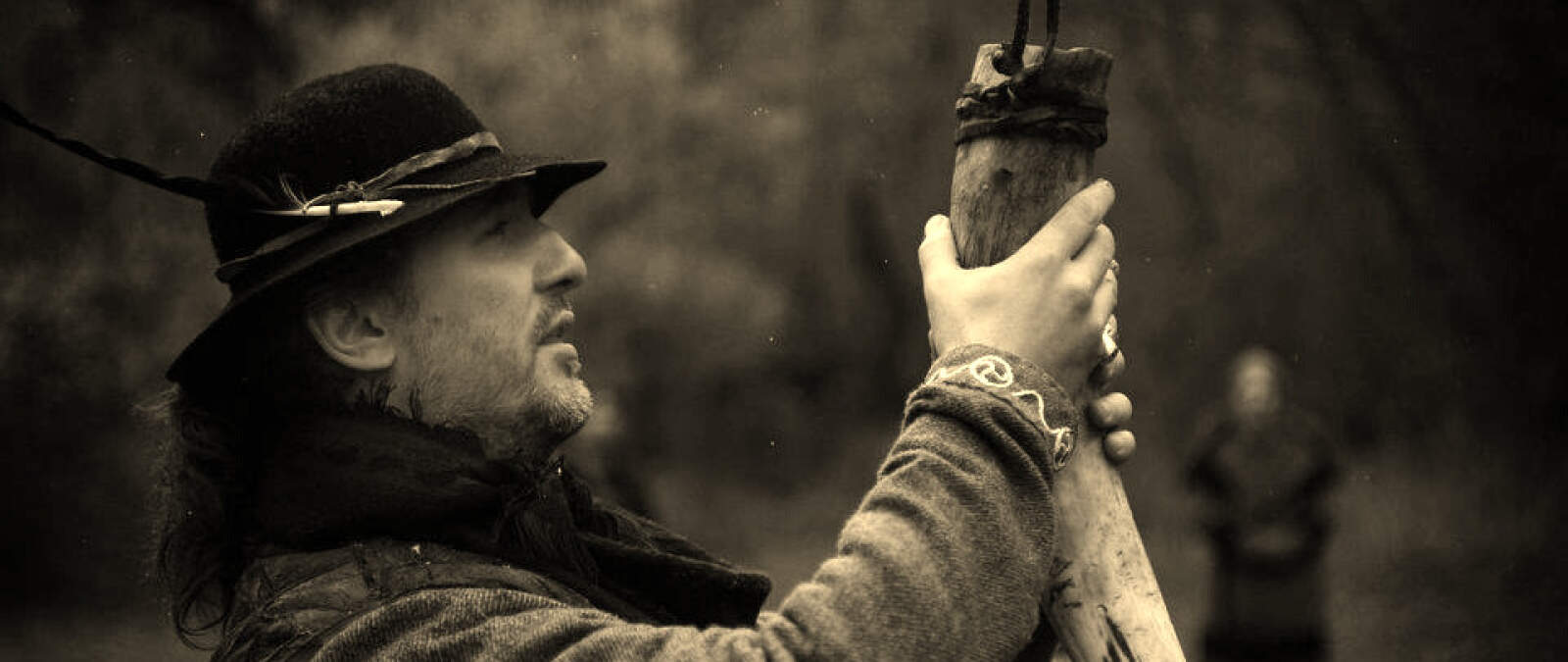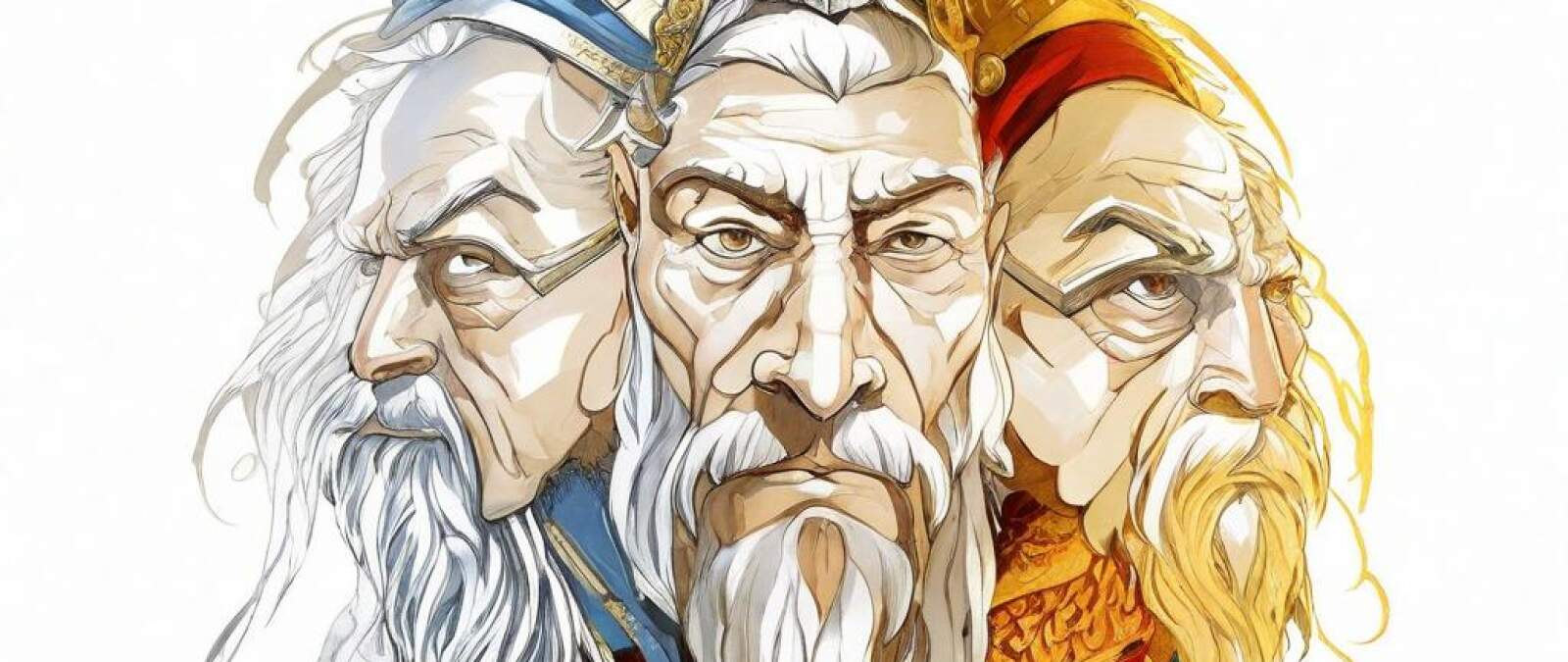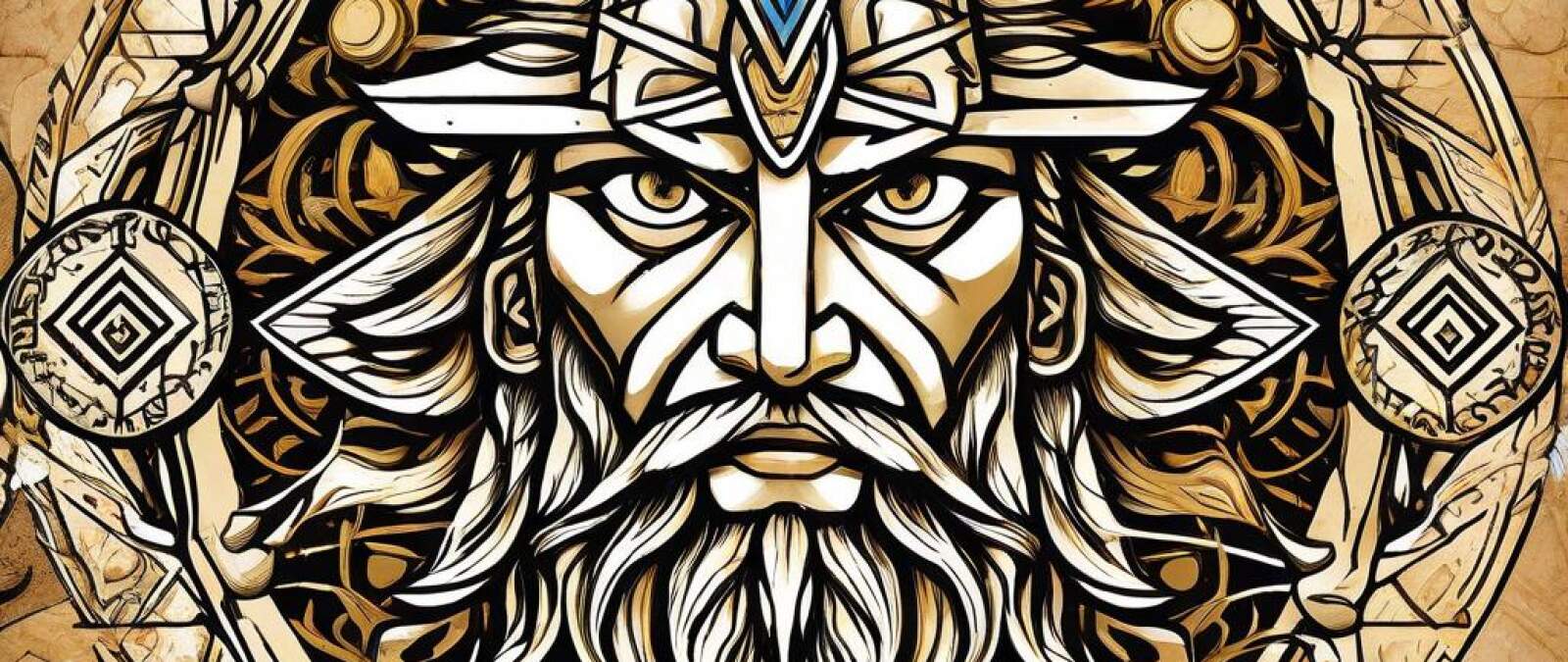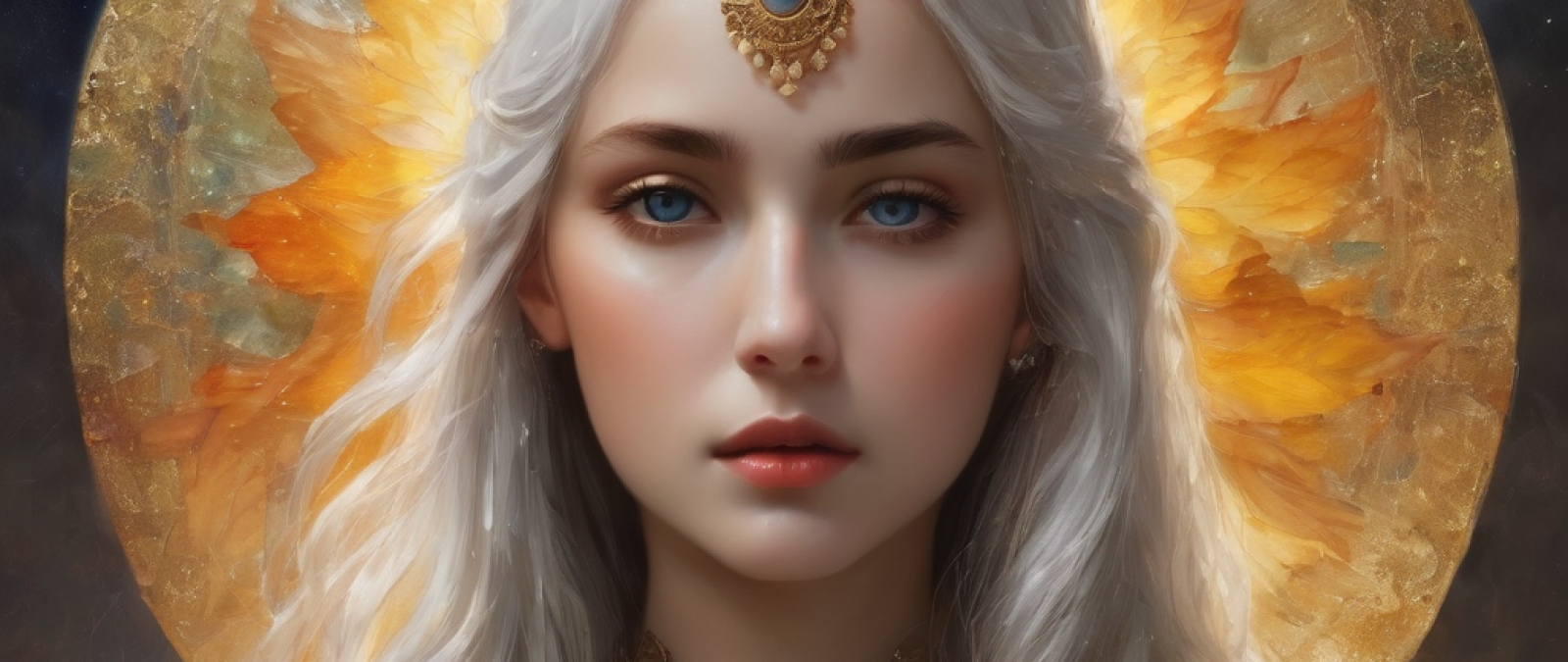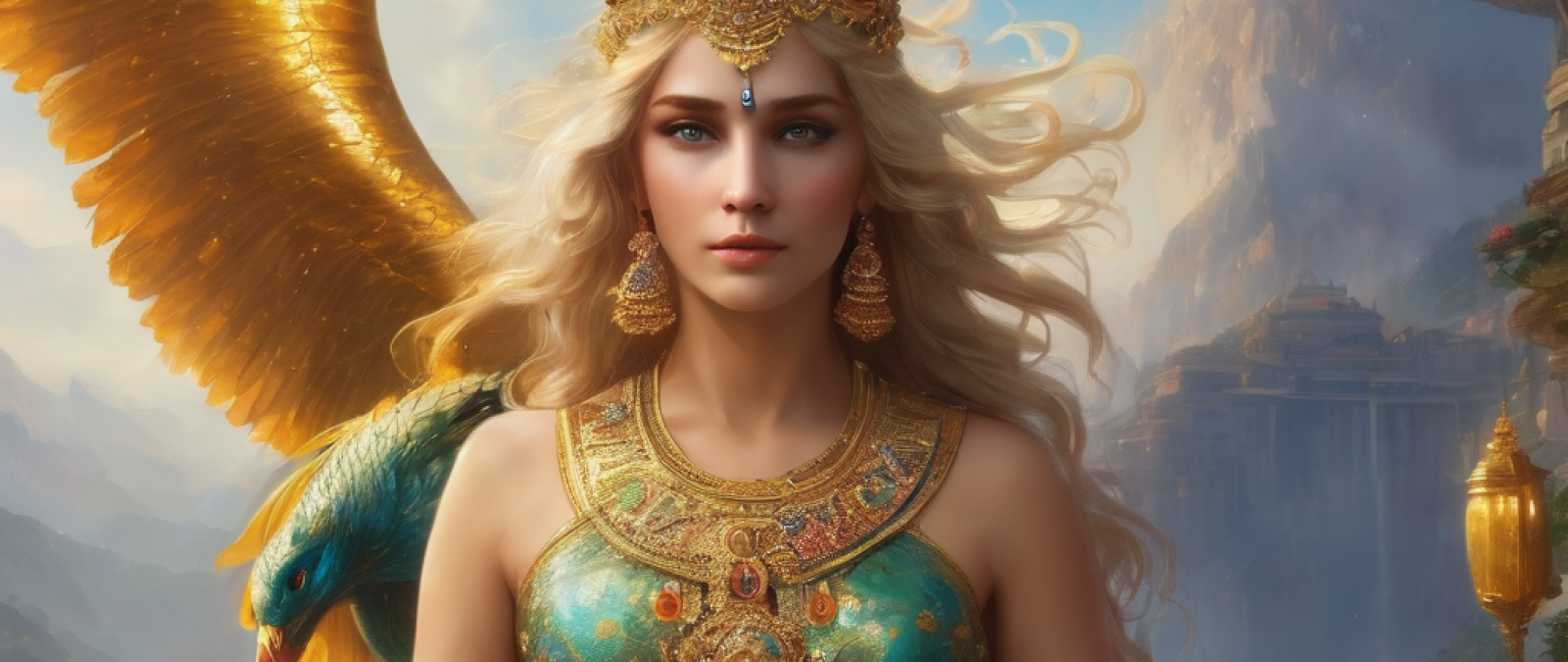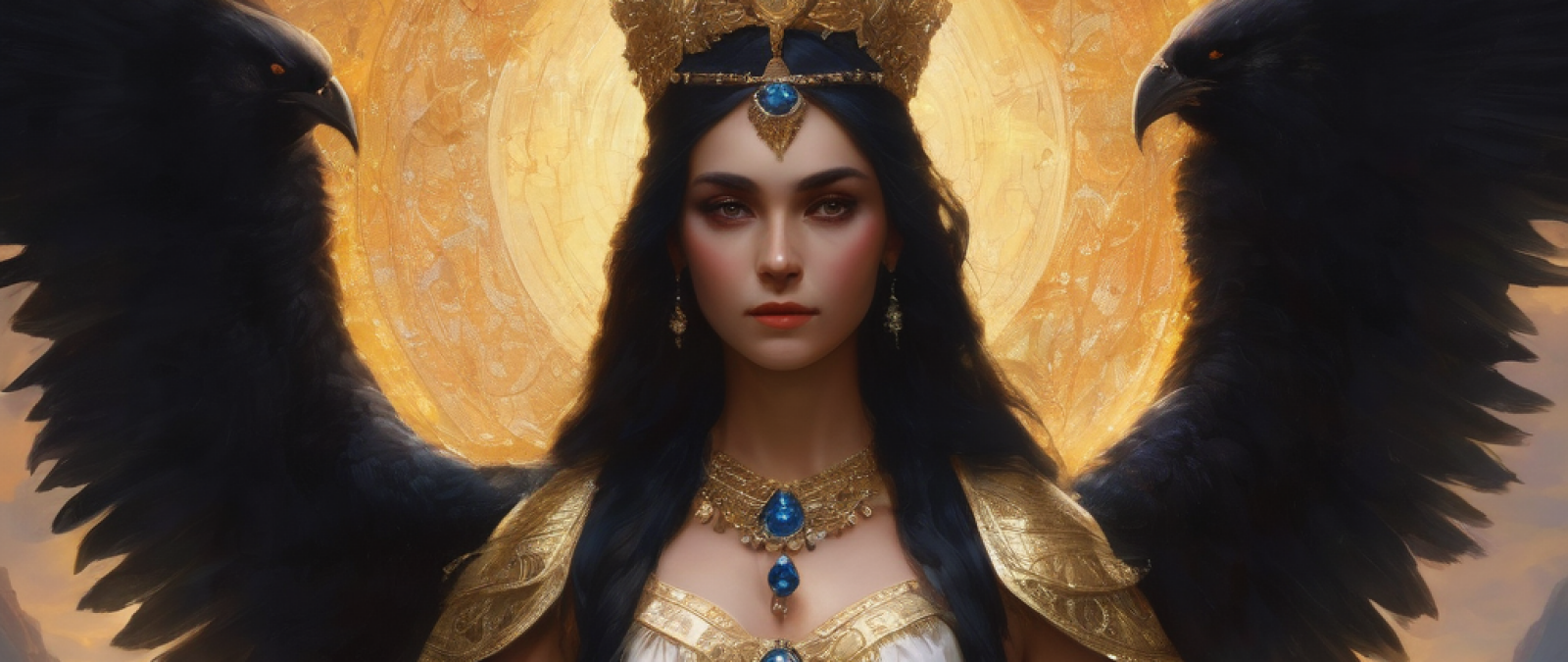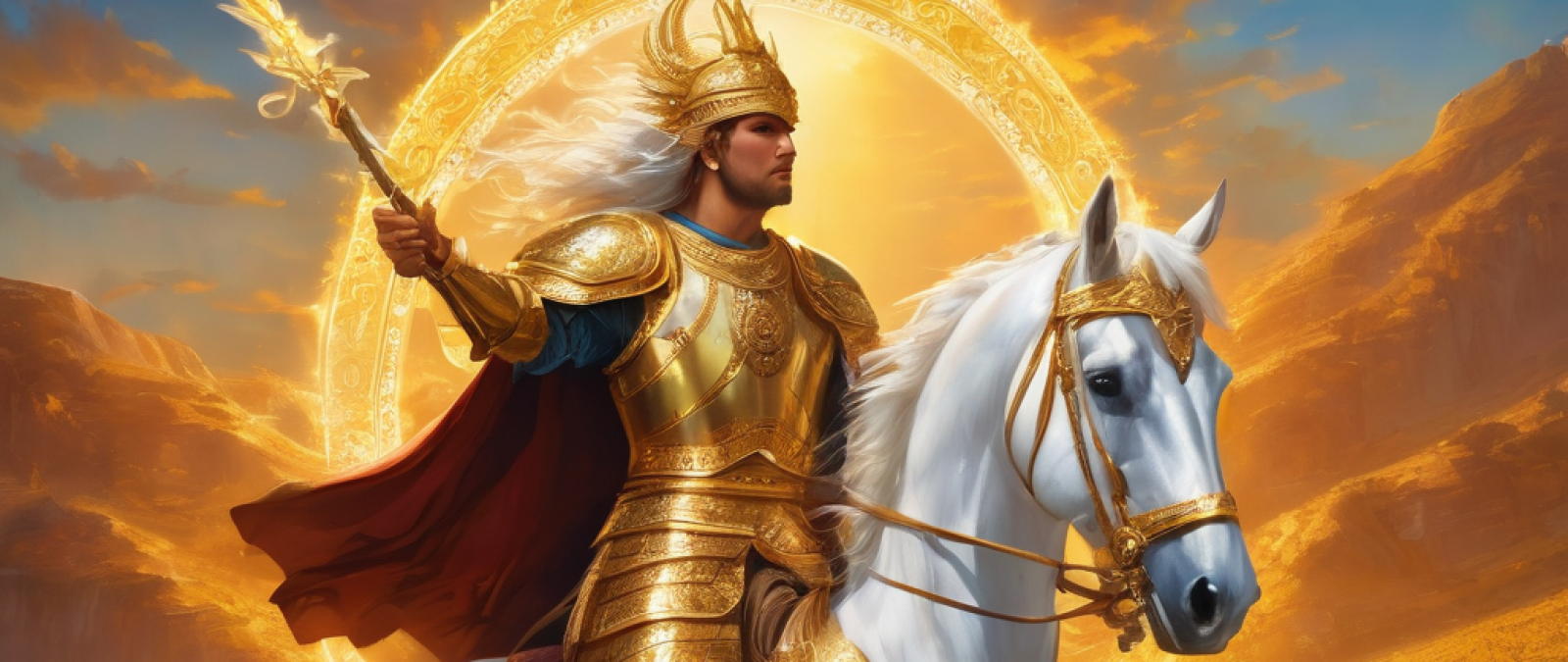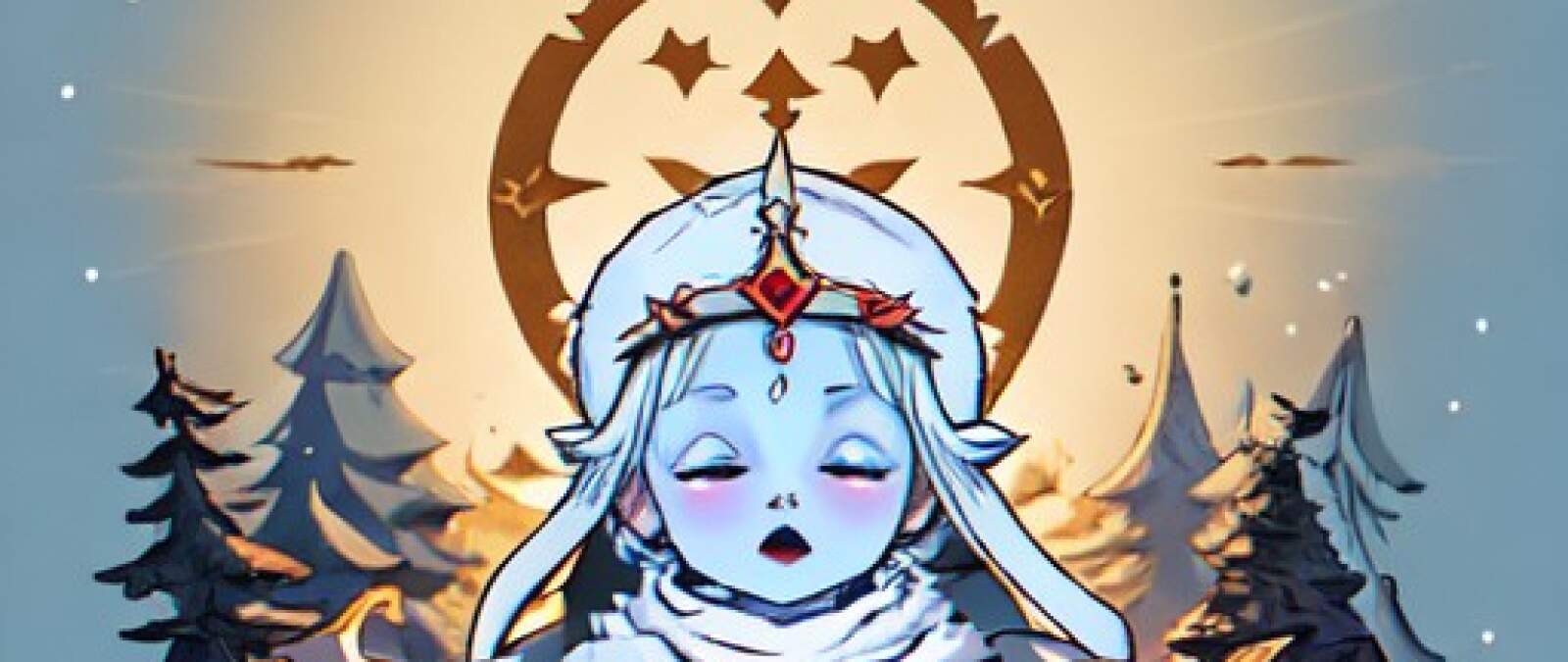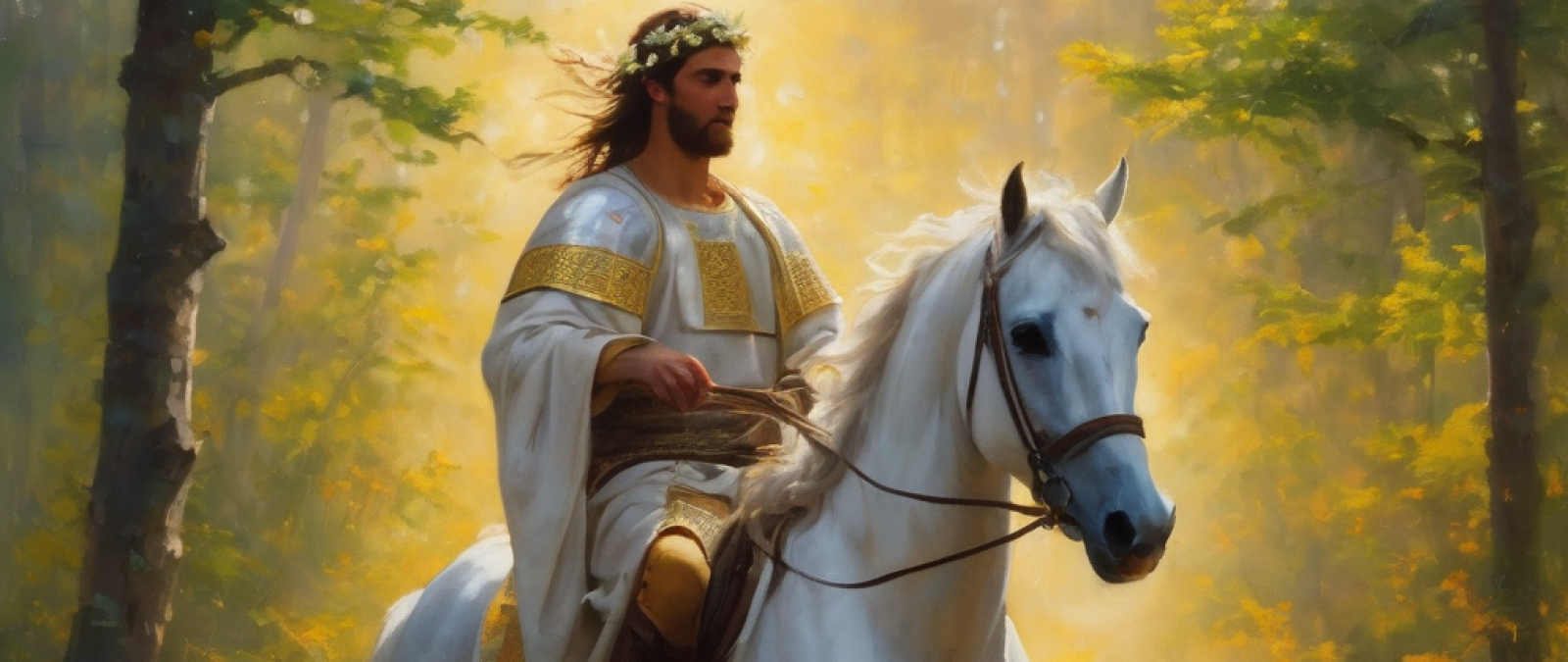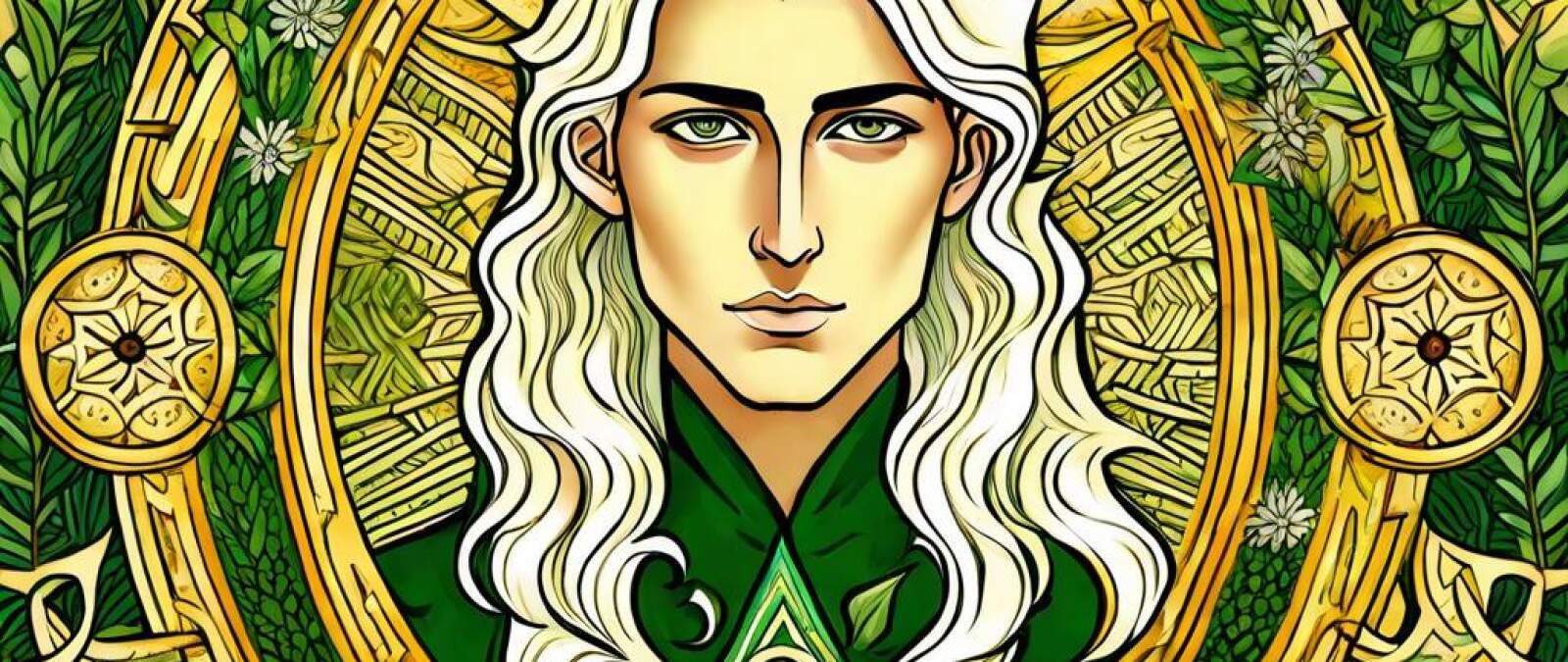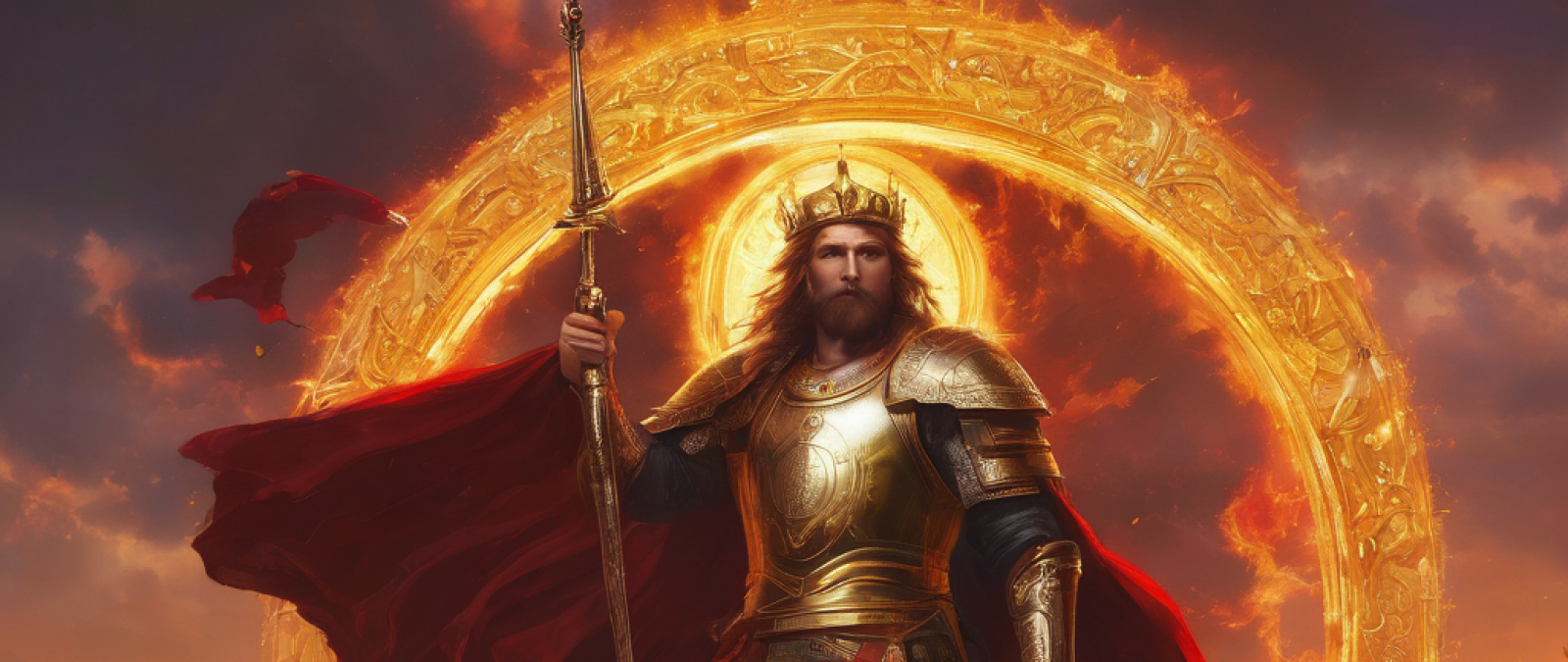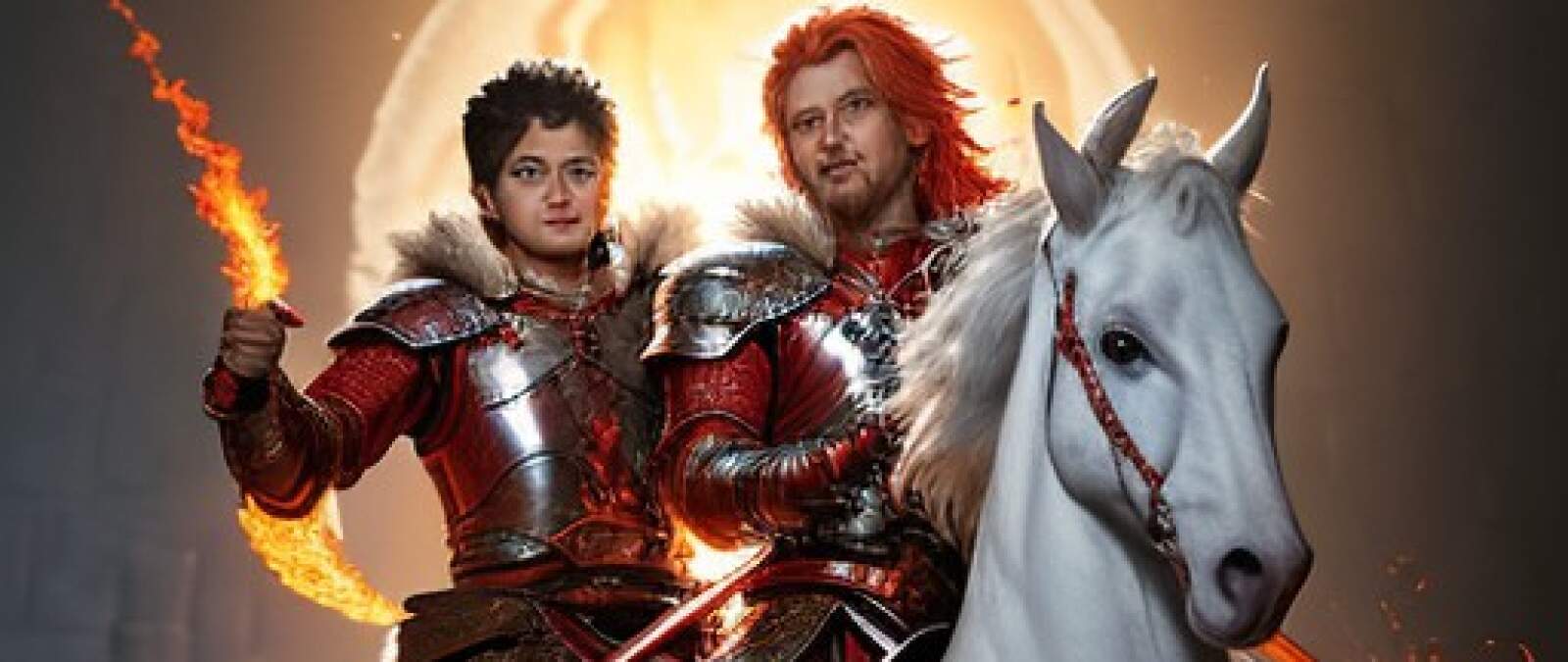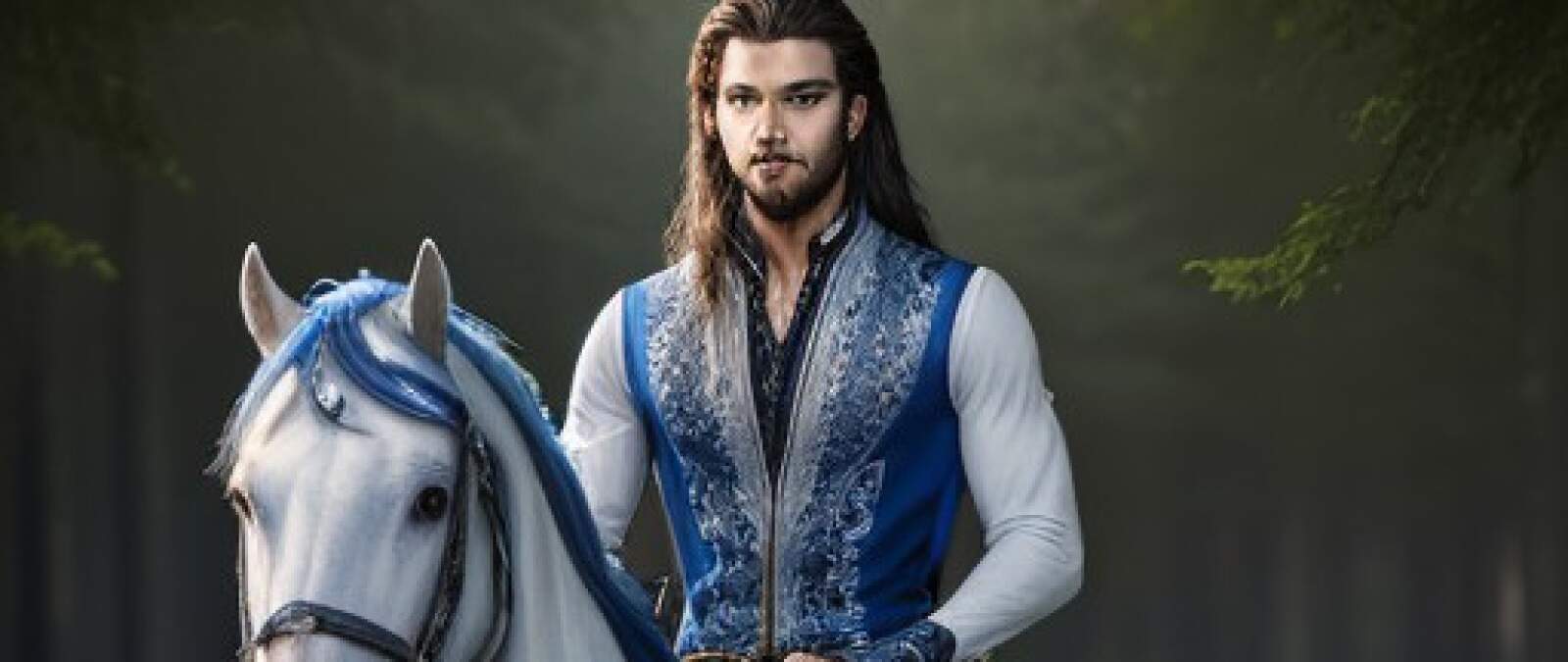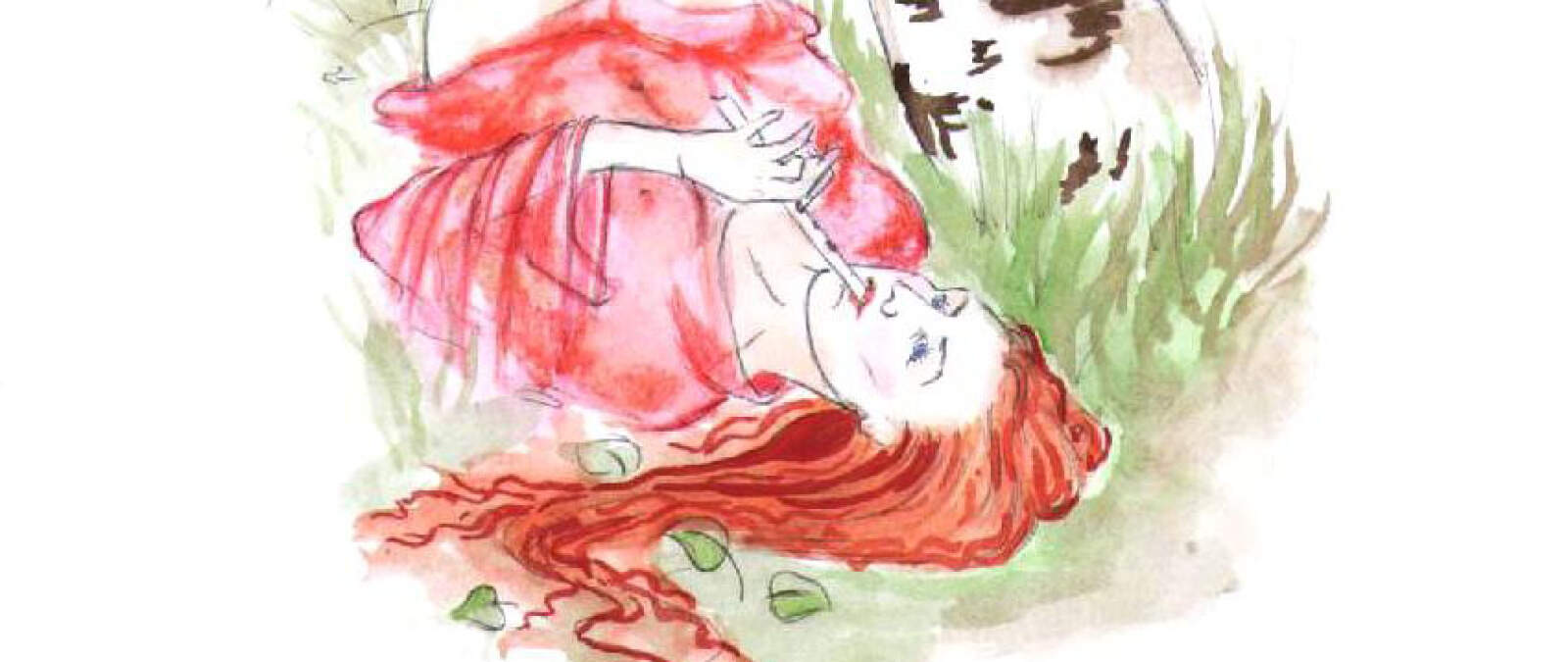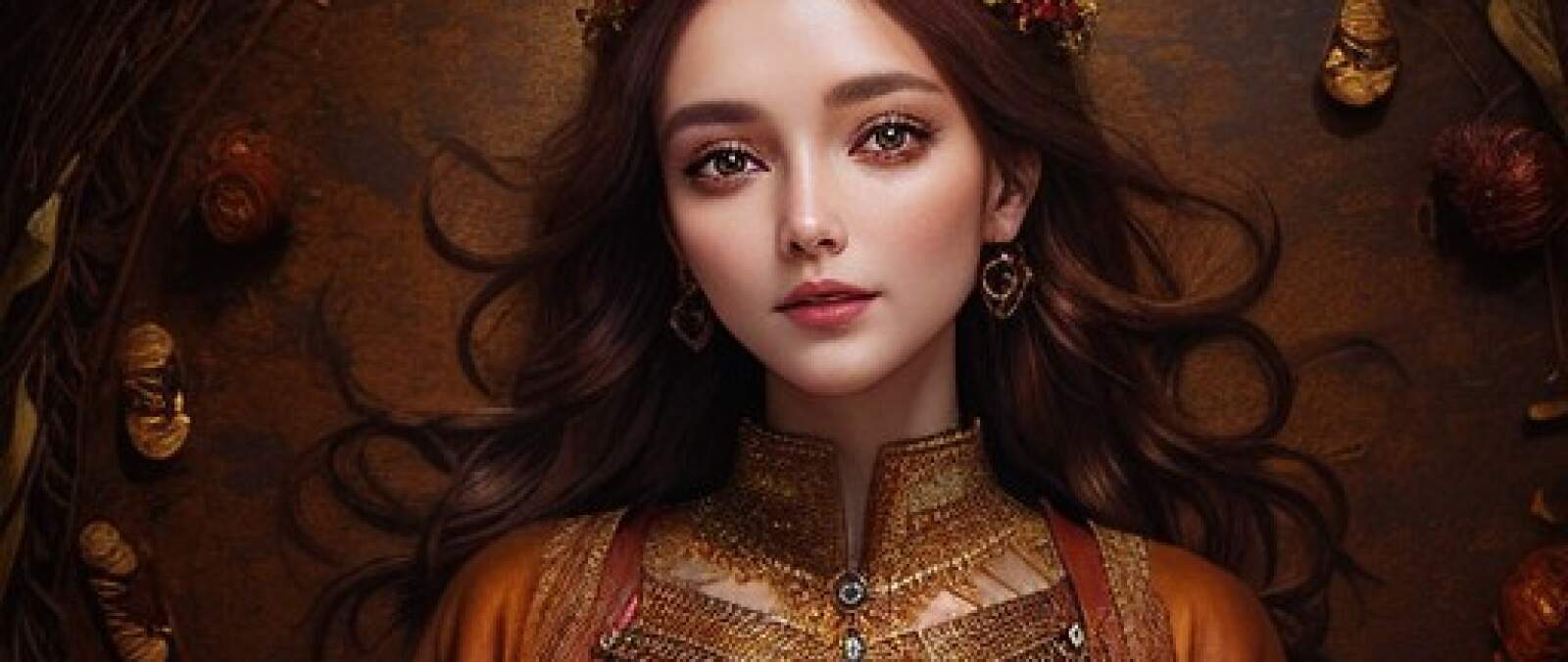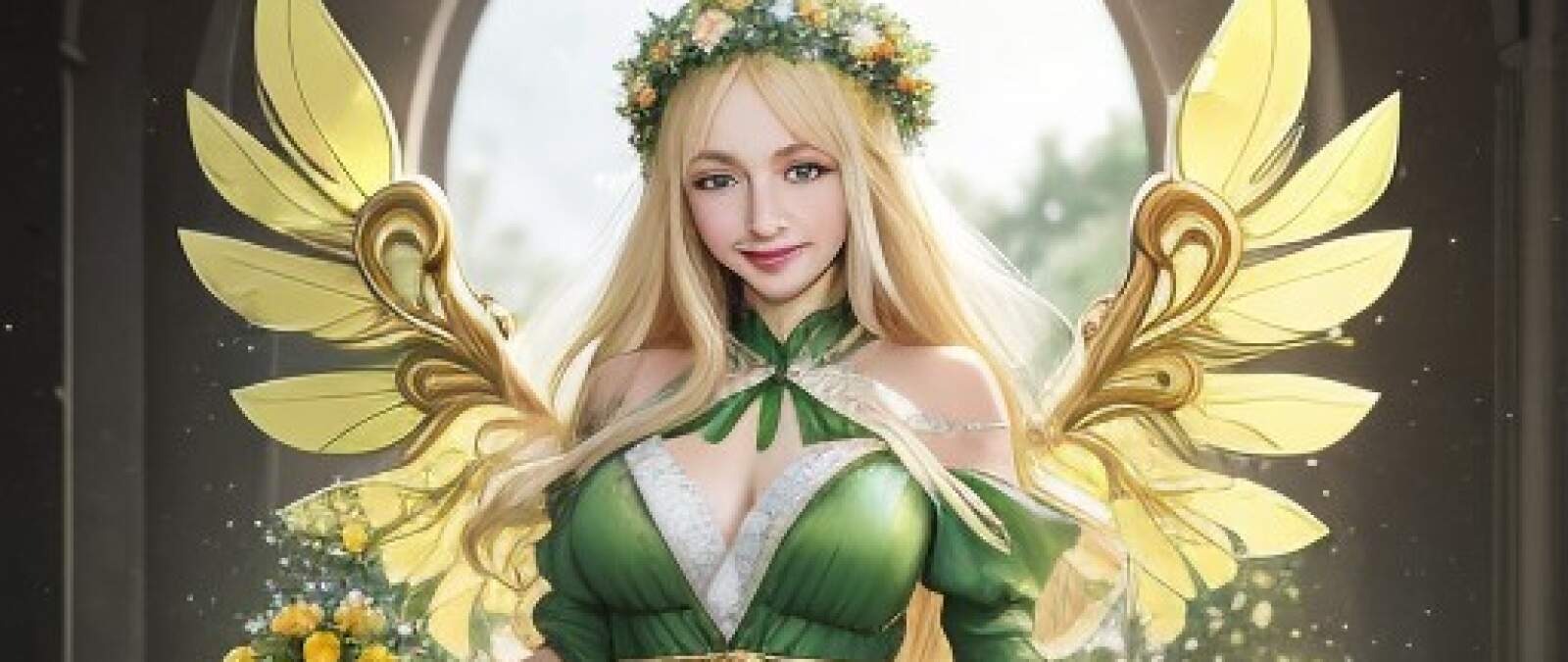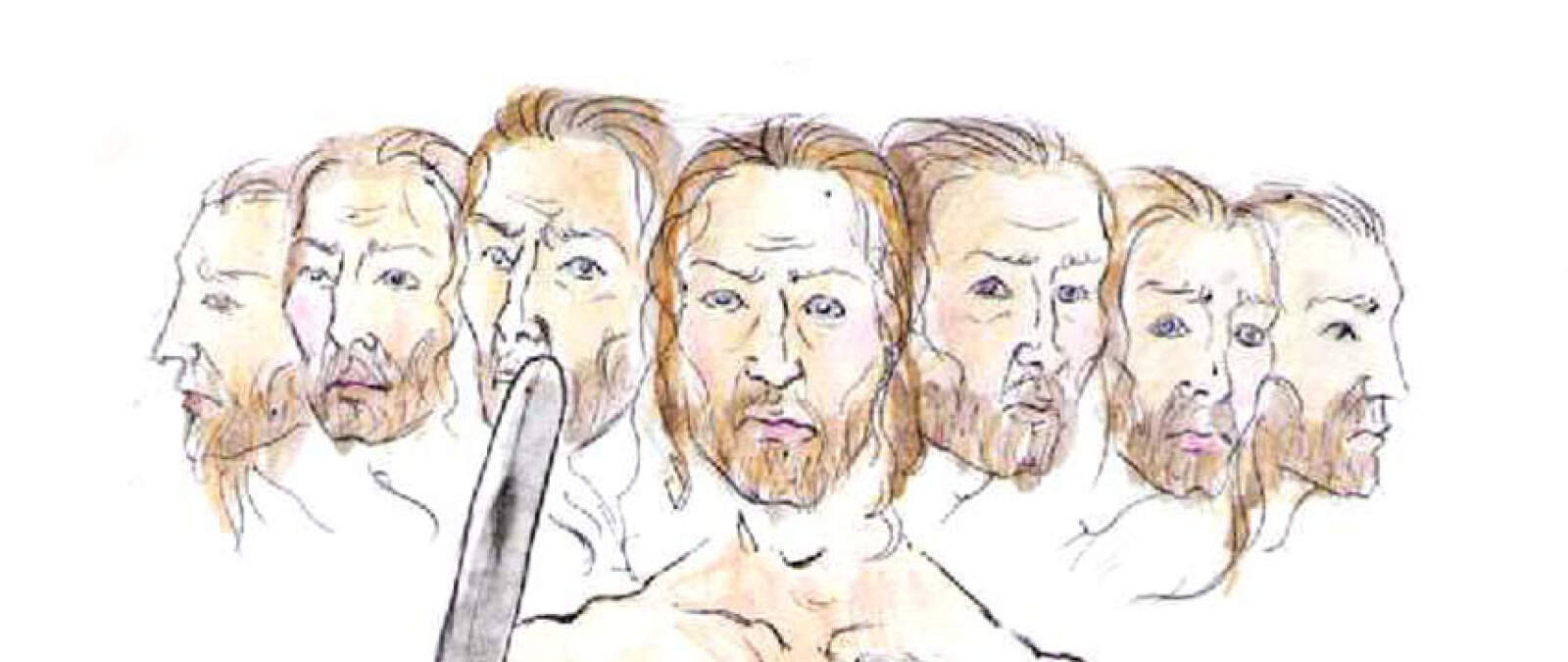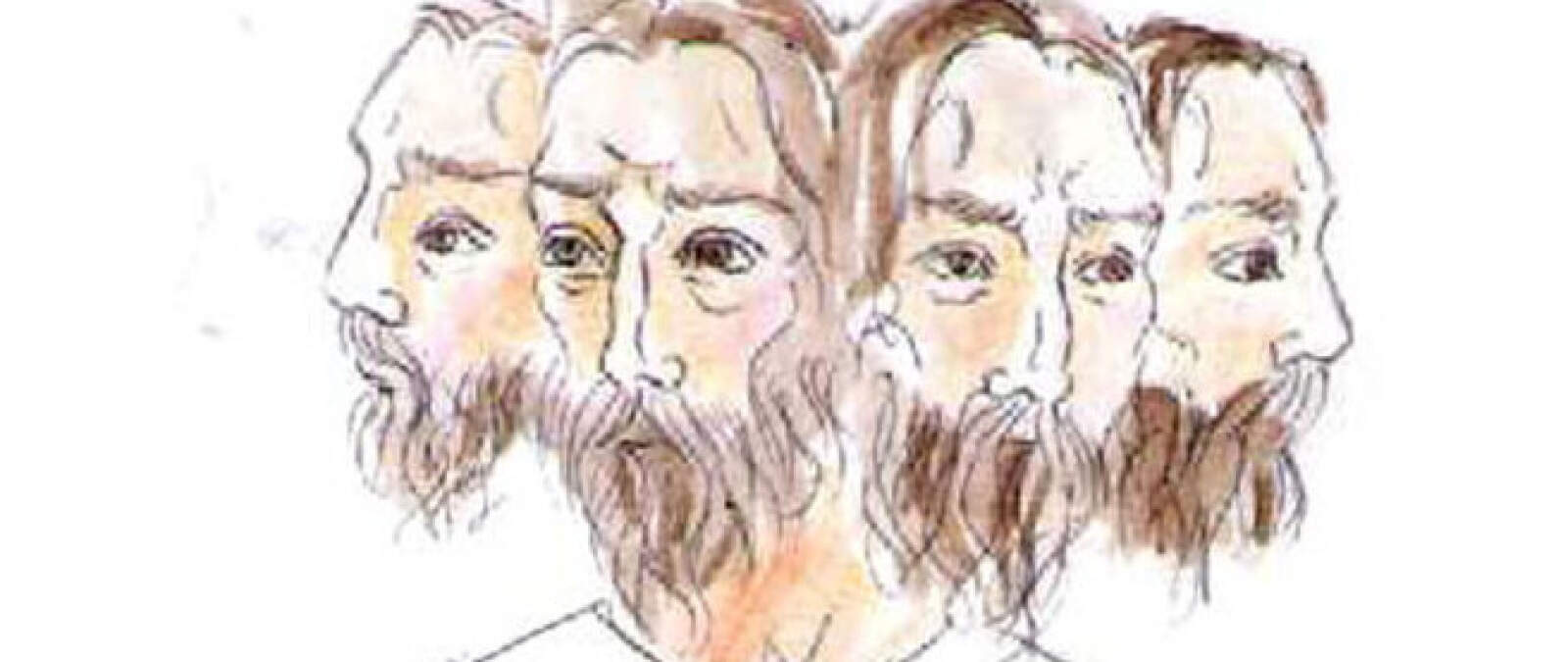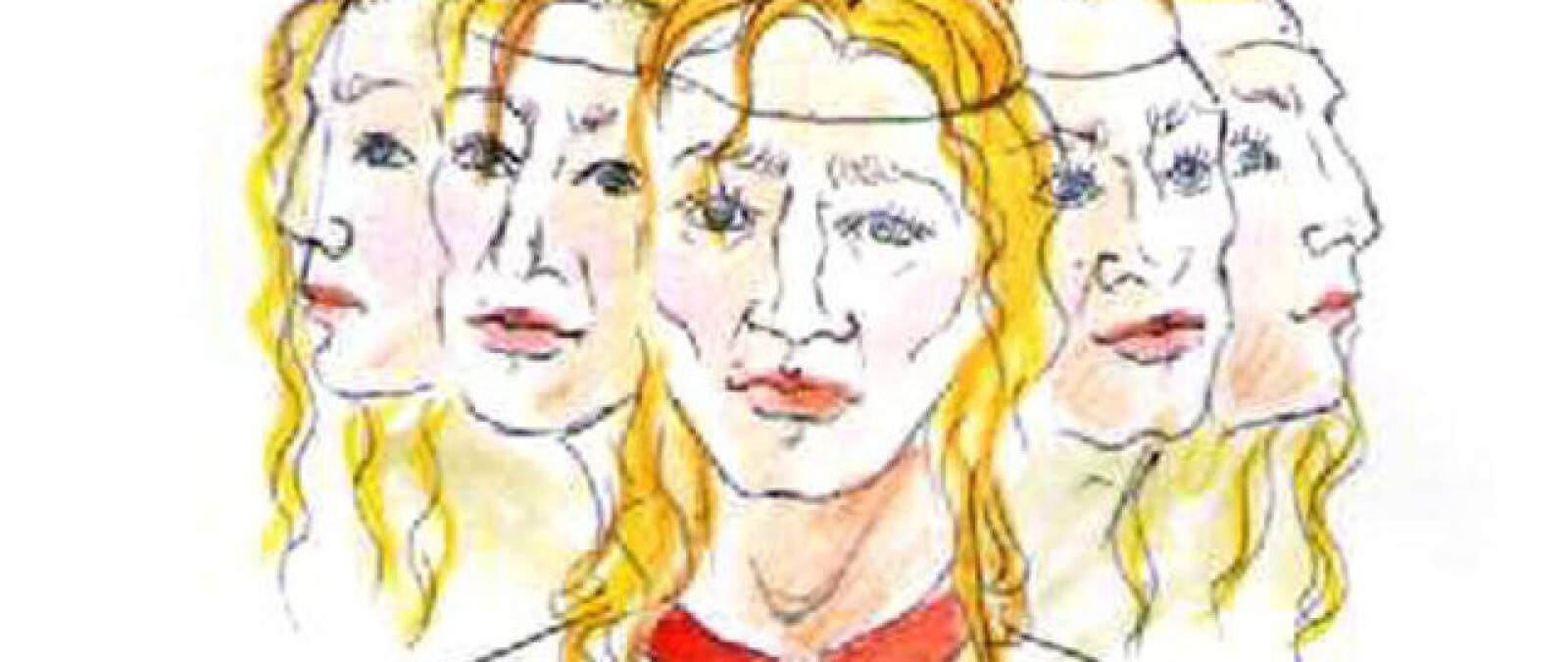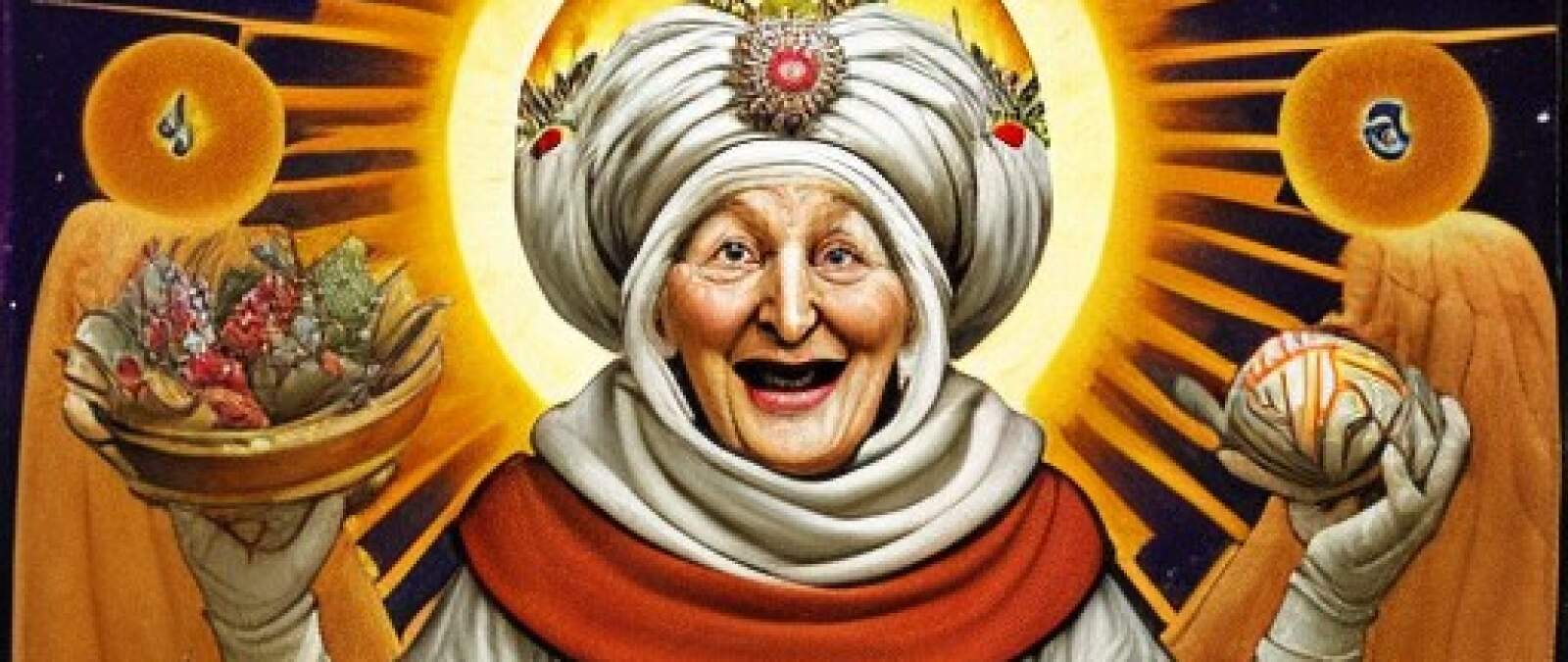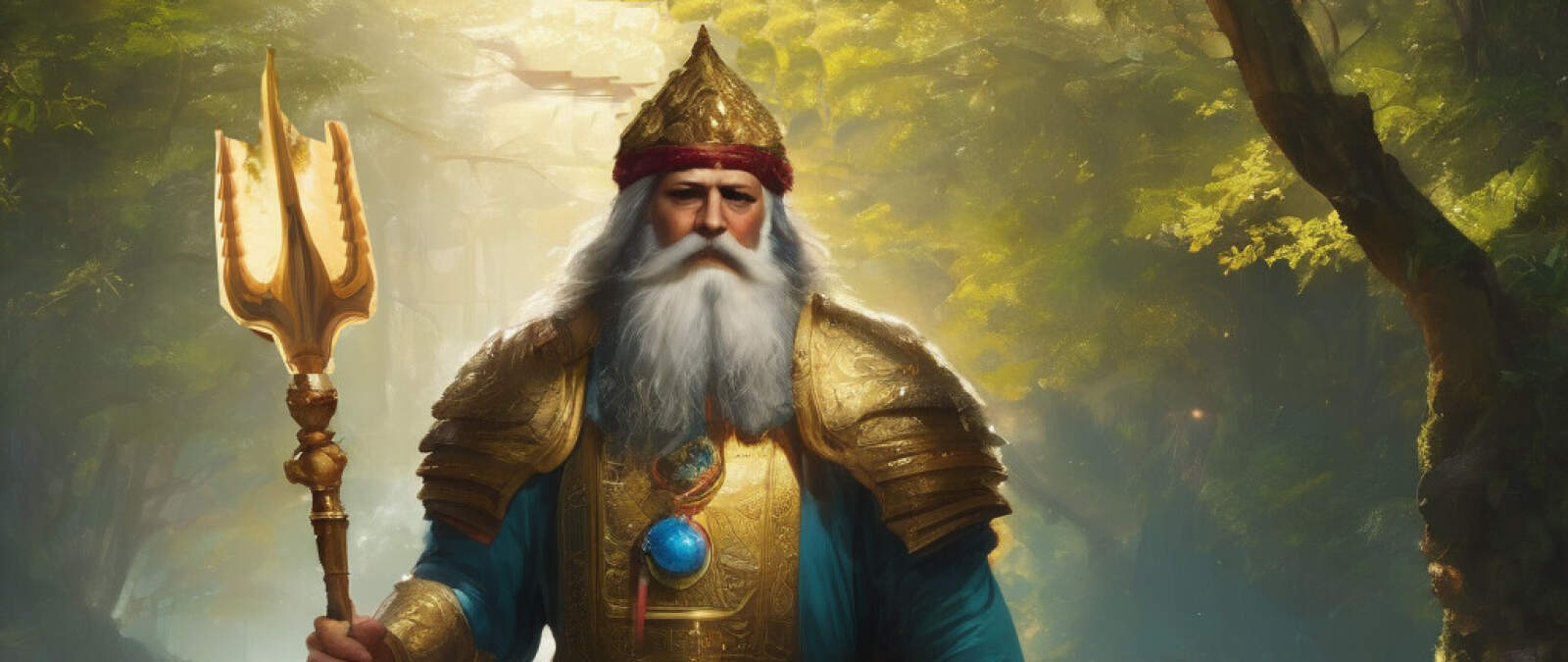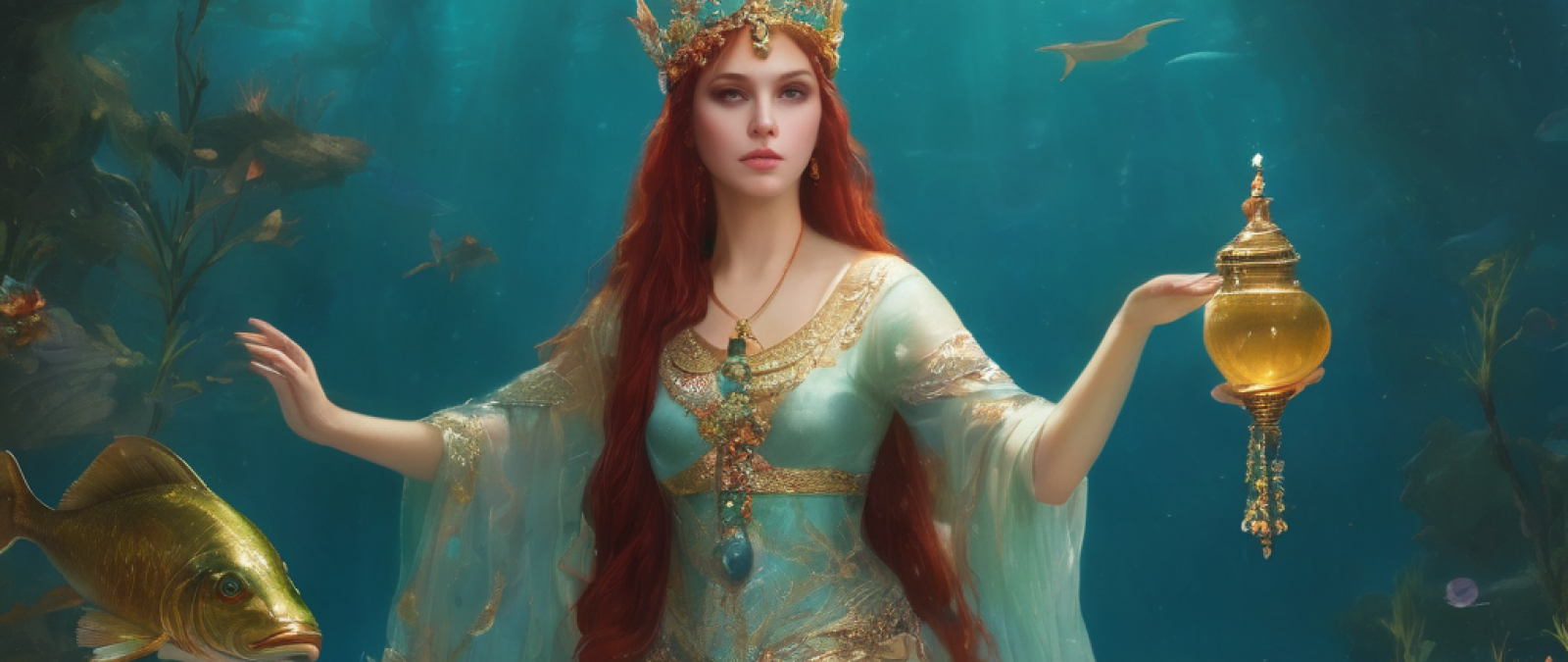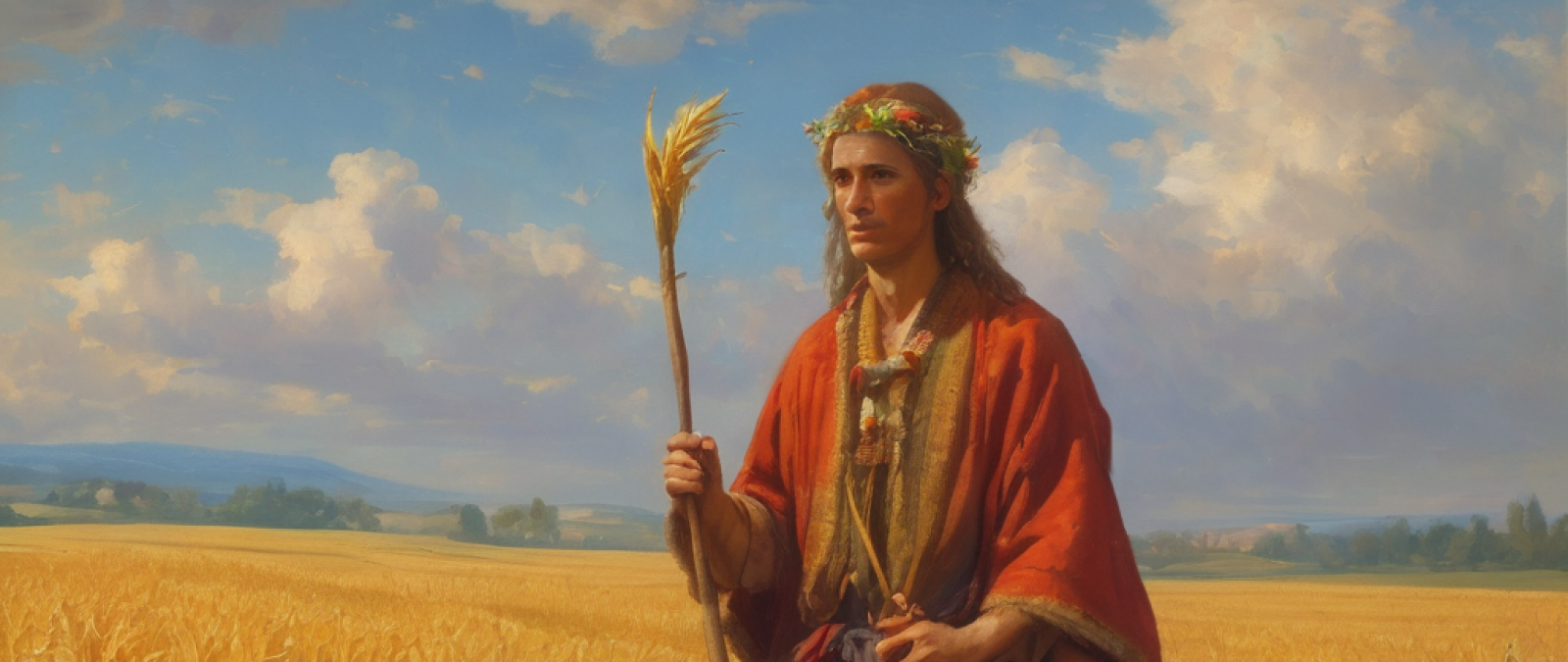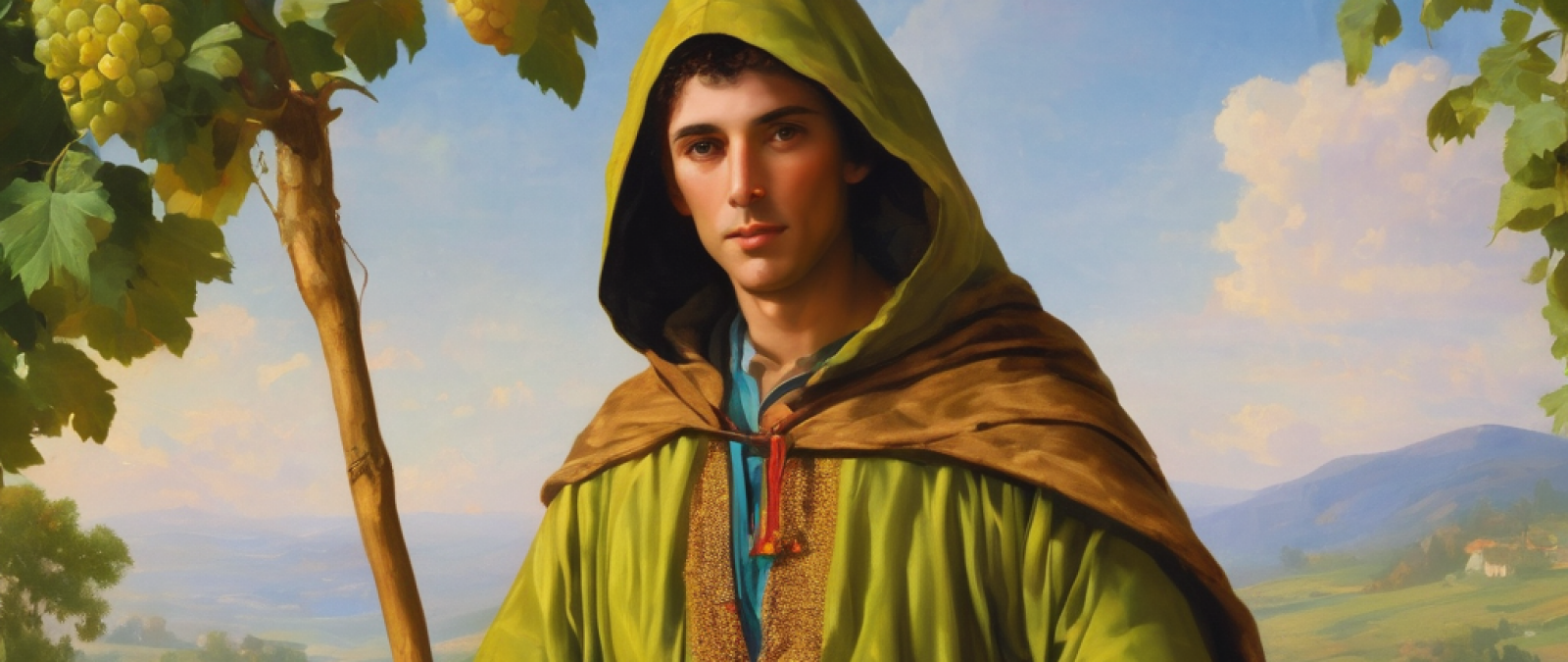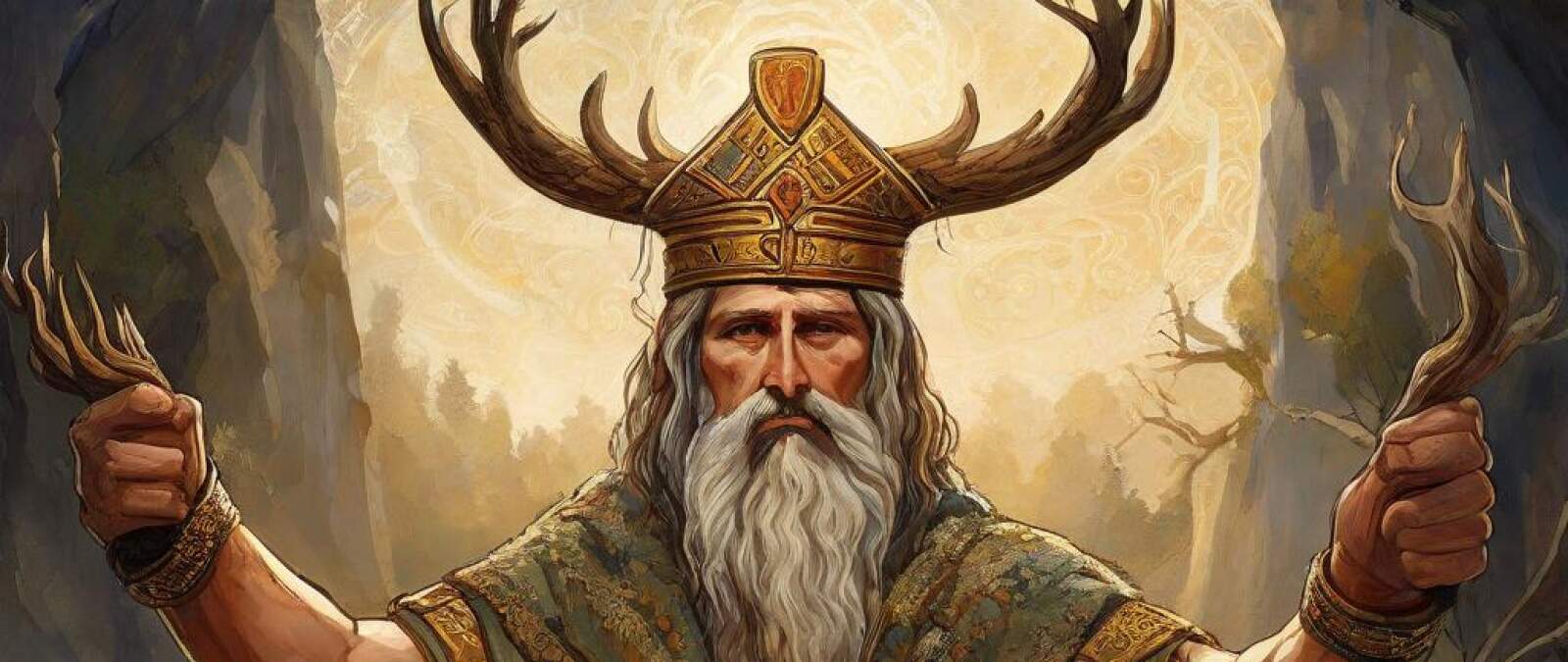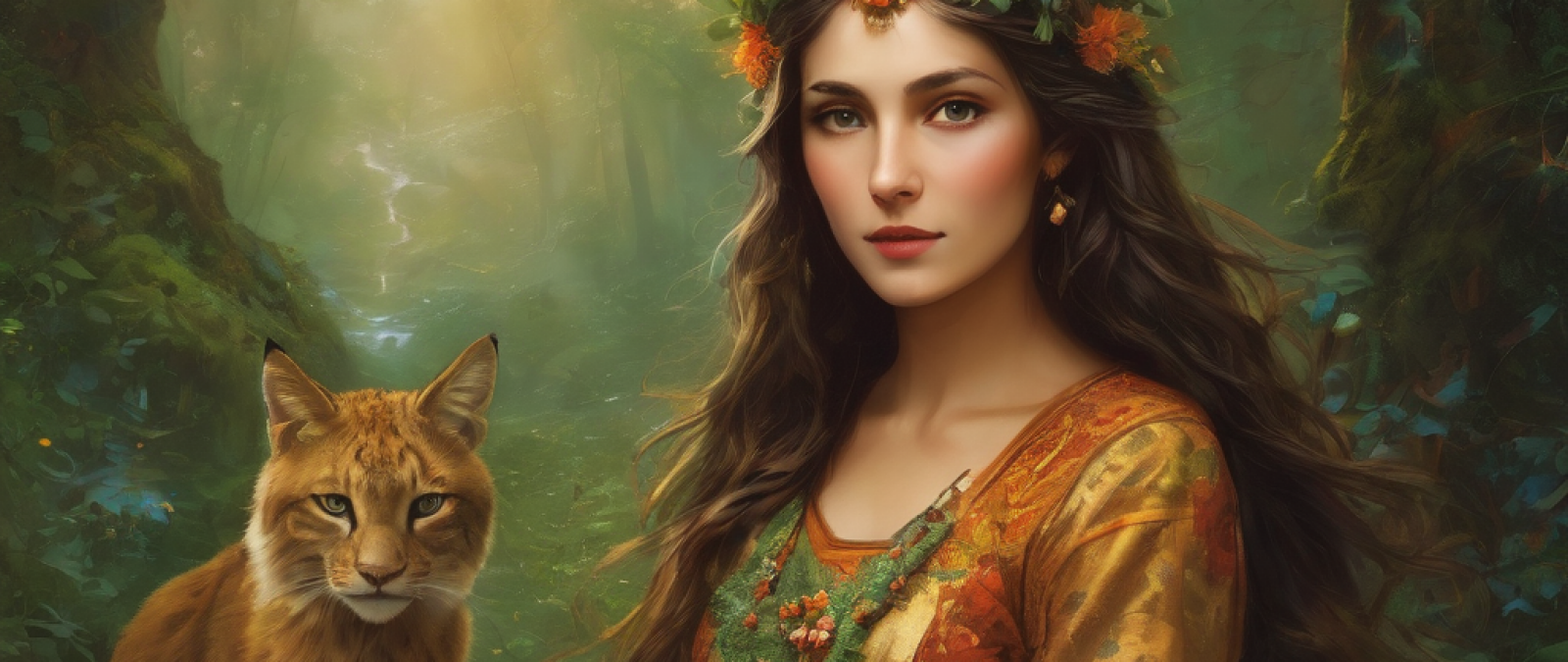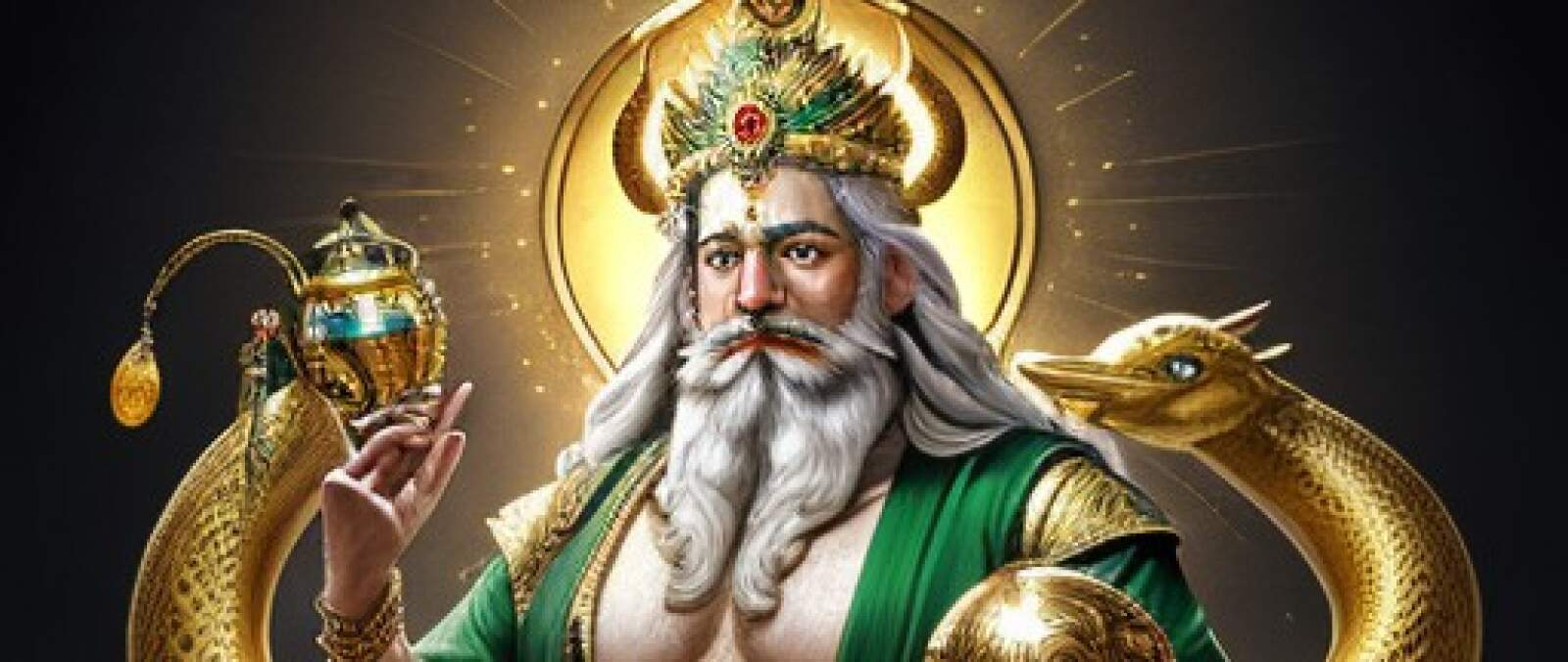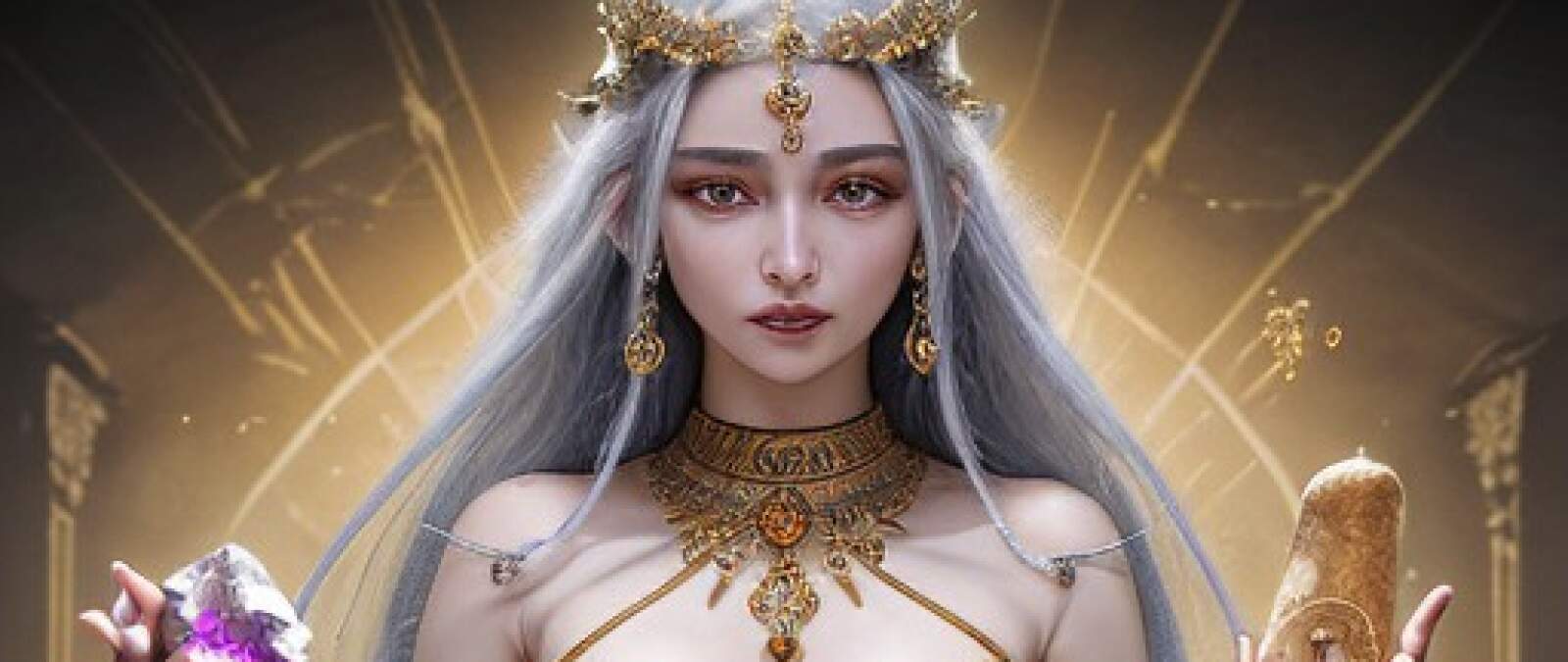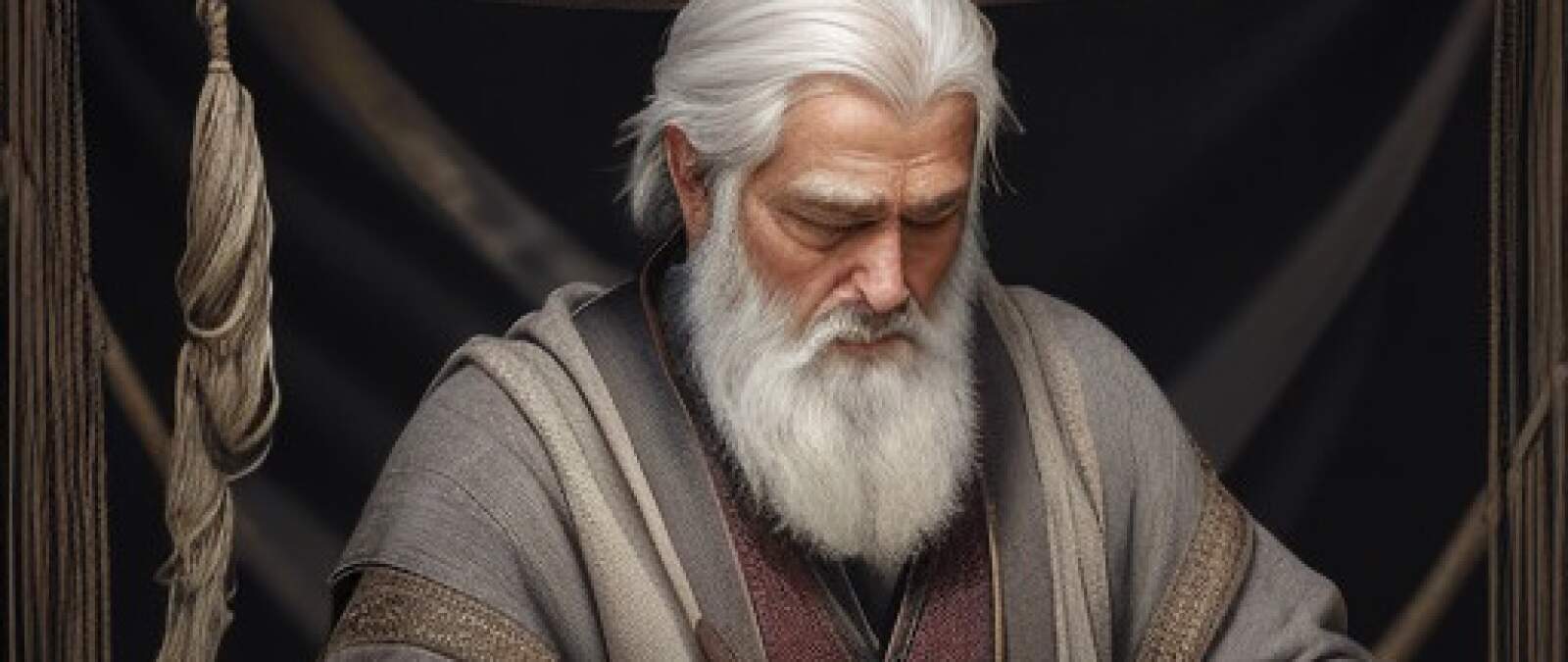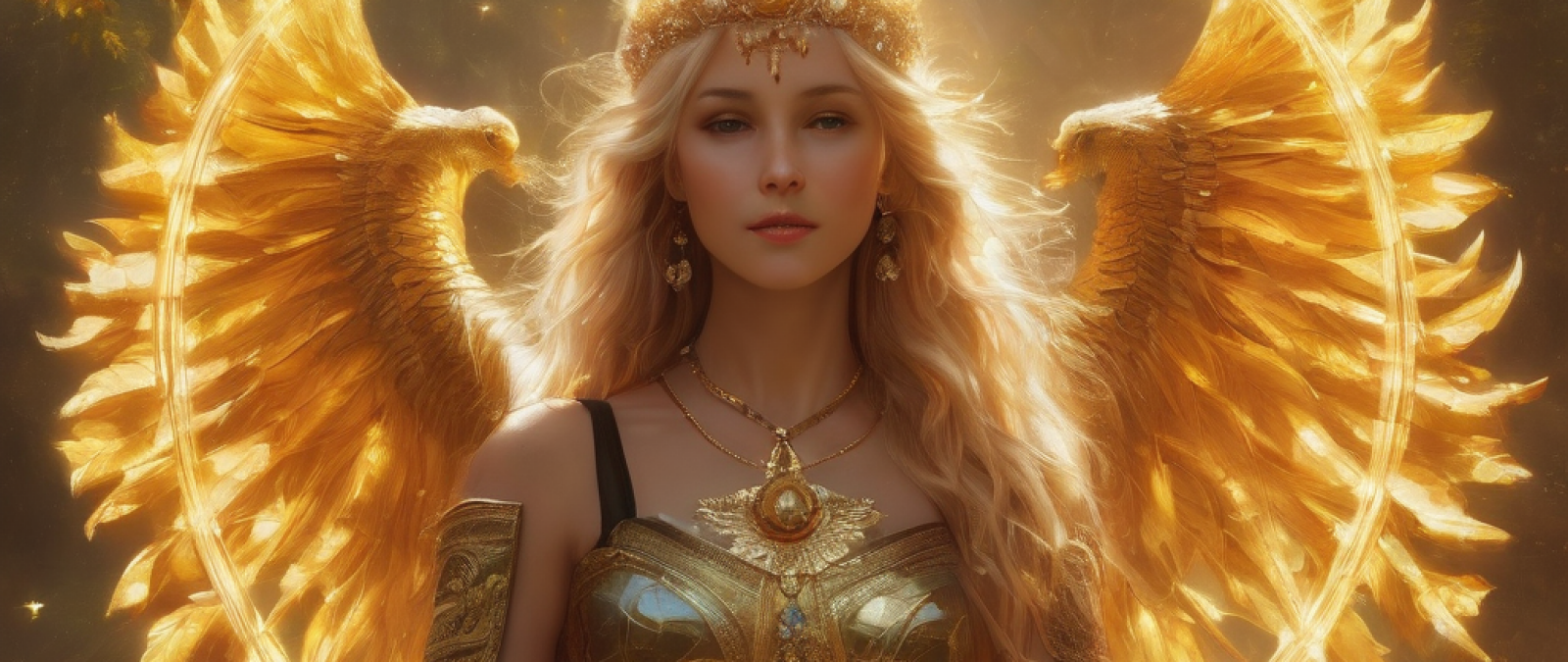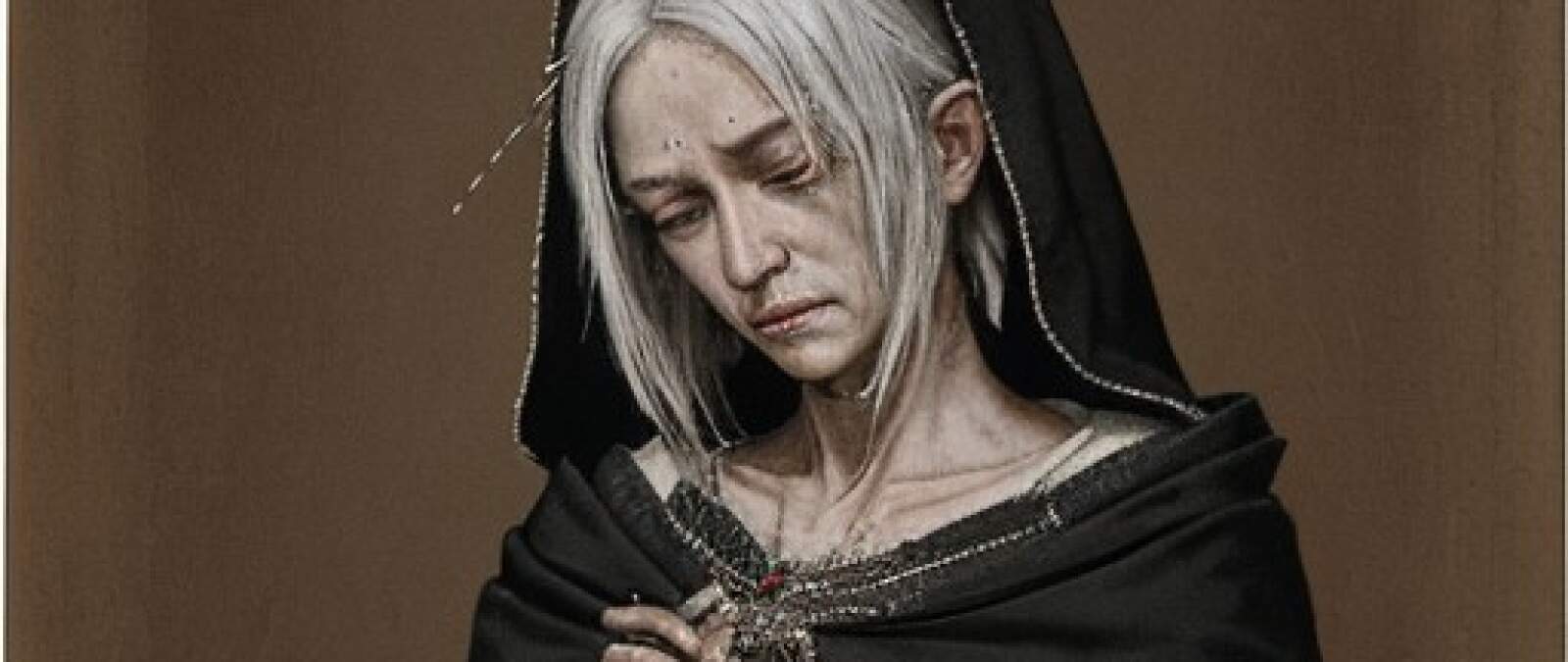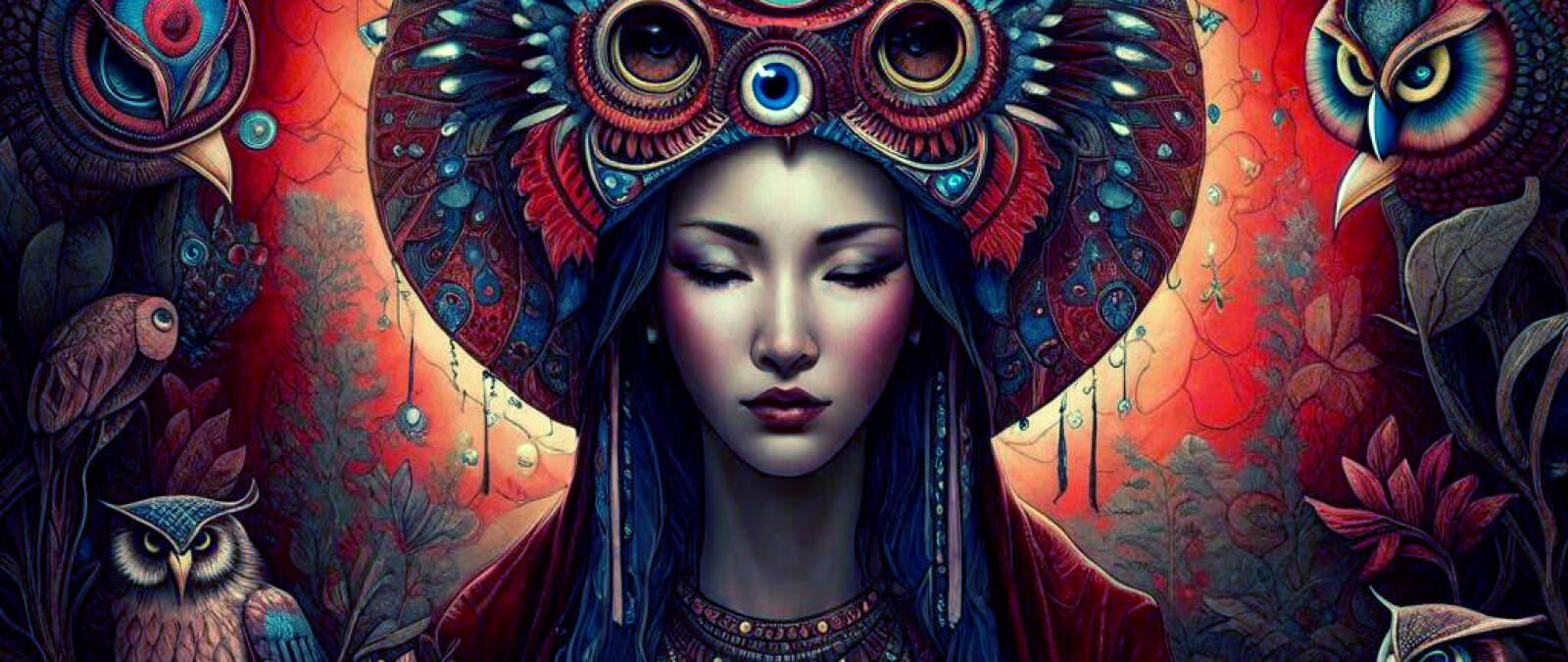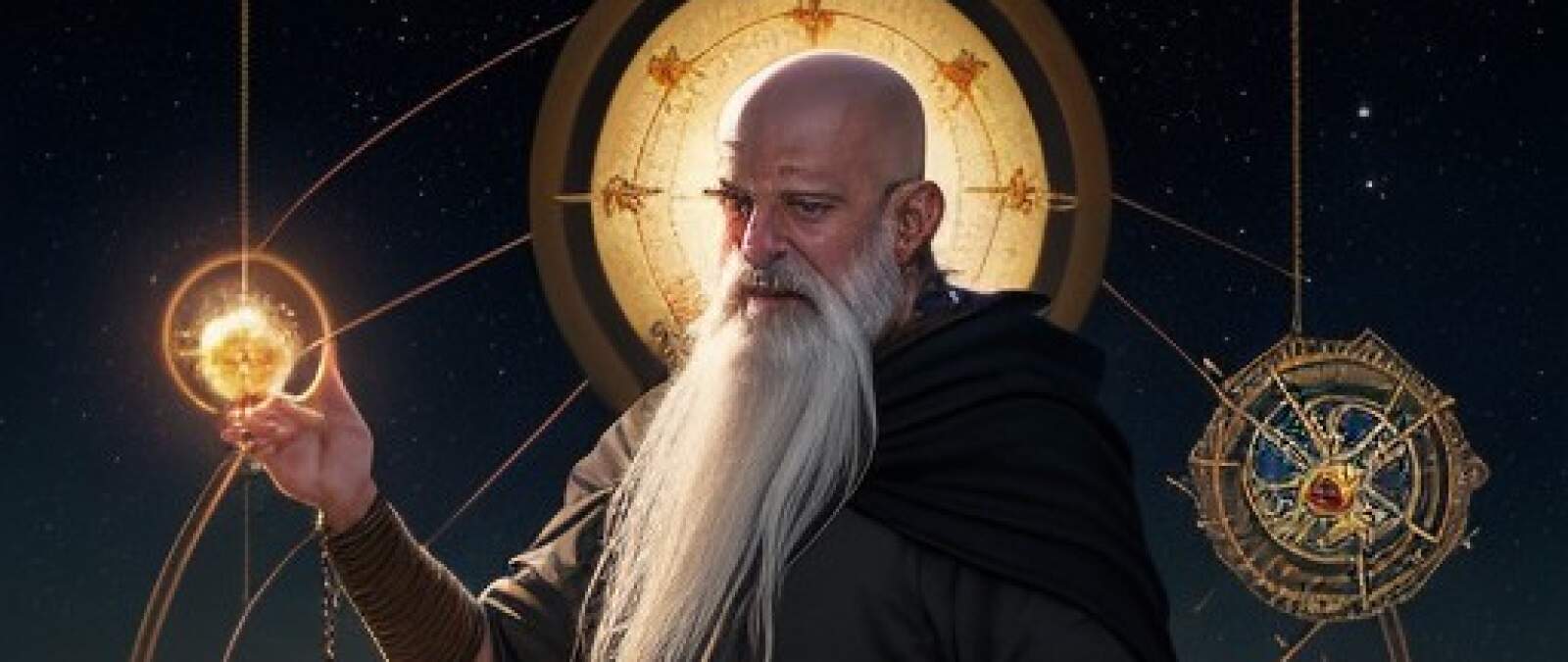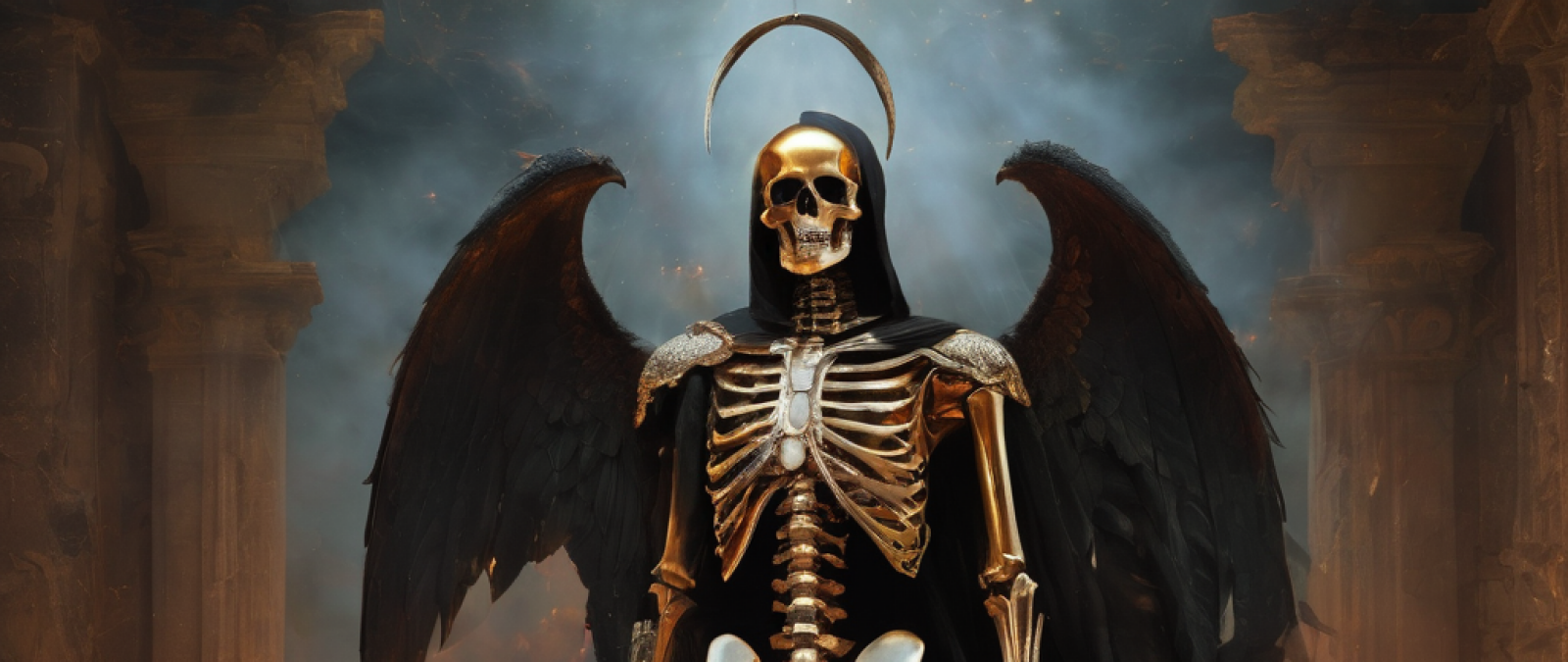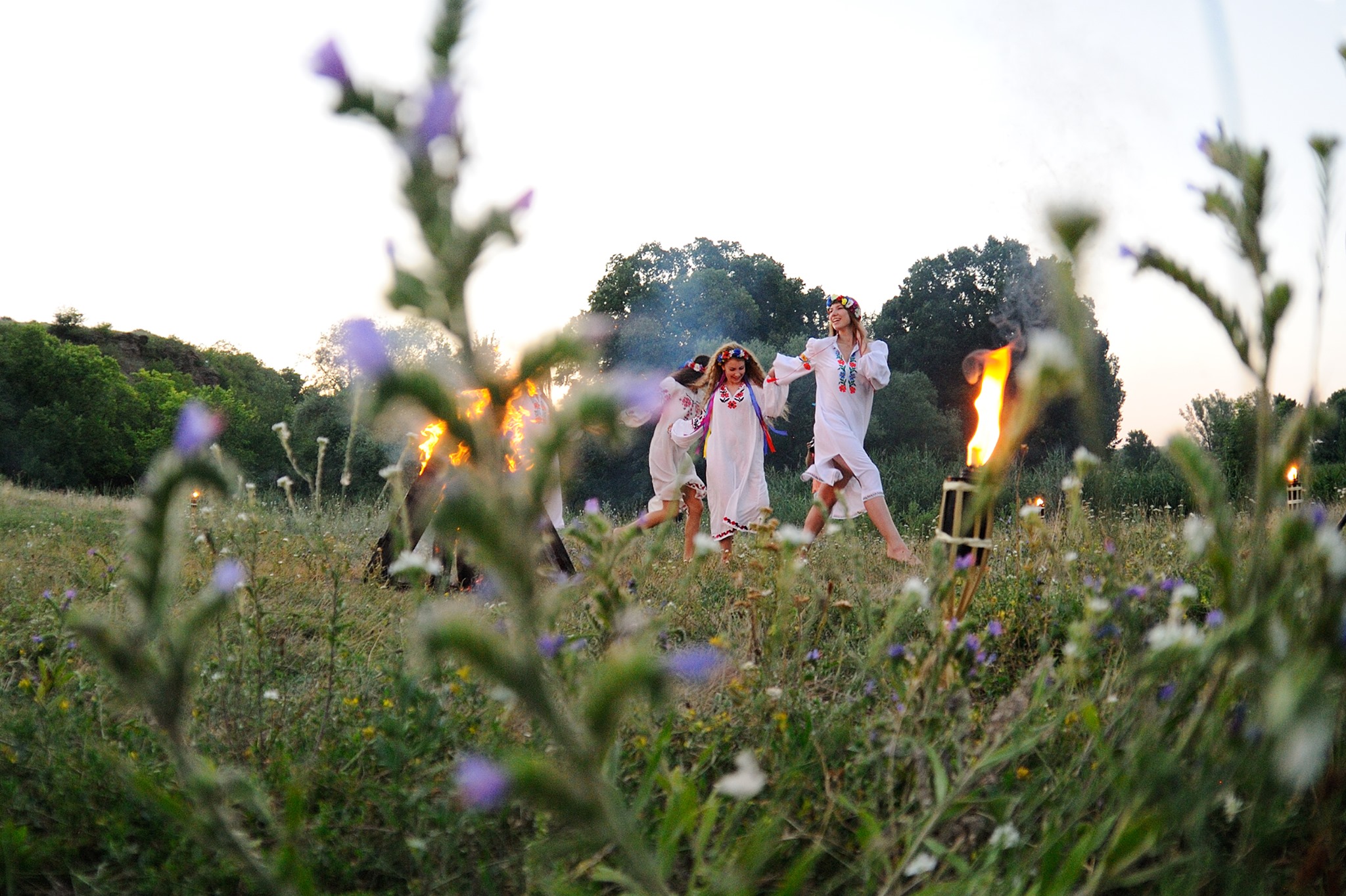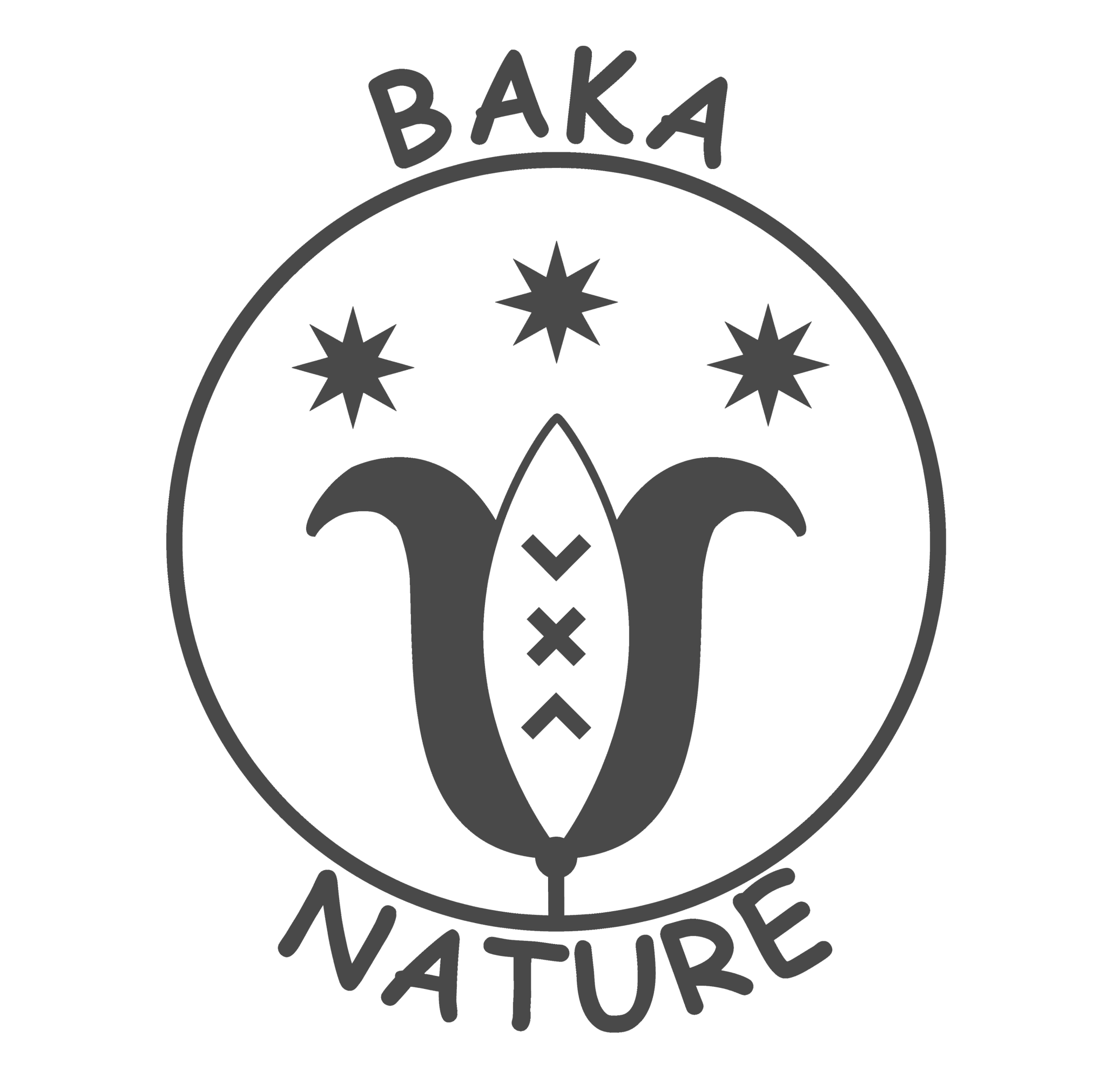I have always liked ALFONS MCHUA and when I came across his SLOVAK EPIC I like him all the more.
The Slavic Epic is a cycle of twenty large-format paintings with which the painter Alfons Mucha summarized the history of the Slavic peoples. The cycle was created in the years 1912–1926 in the studio at the Zbiroh castle, commissioned by Charles R. Cran. Over the years, Mucha gradually handed over individually finished paintings to the city of Prague.
Some of the paintings also depict Slavic pre-Christian spirituality. These are the images:
The first painting of the entire series depicts the Slavic Adam and Eve hiding from raiders. The scene is dated to the period between the third and sixth centuries AD. Their white robes symbolize purity and innocence. This contrasts with the flames of the village set on fire by the soldiers in the background. The most interesting part of the picture, however, is the levitating trio on the right: the most prominent is the pagan priest standing in the middle, praying for mercy for his sheep. Beneath his left hand is a bowed girl with a green wreath as a symbol of peace, while under his right hand is a young warrior, meant to represent a just war. The message hidden in the painting announces that in the future the Slavs must fight for their freedom.
Slavs in their homeland
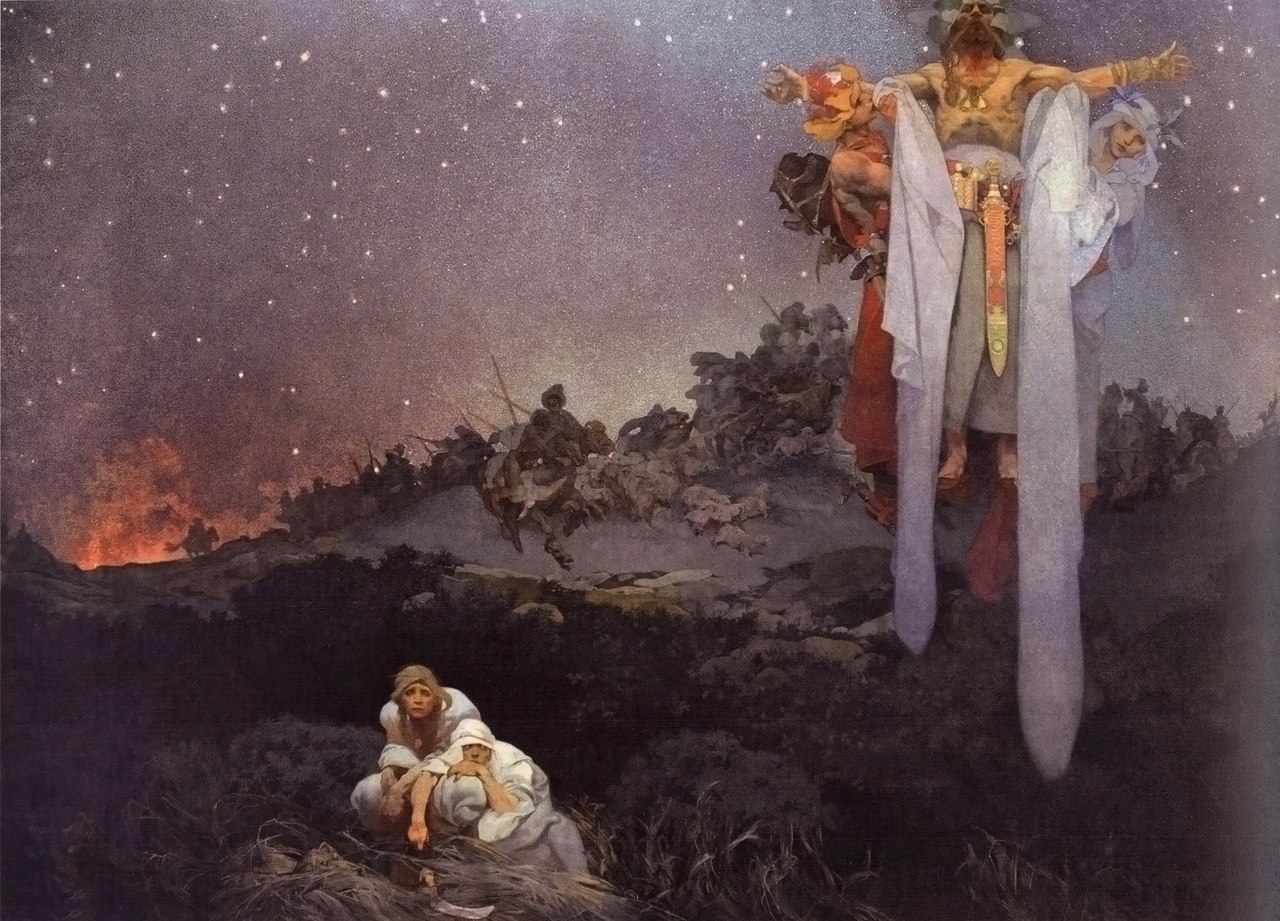
The second picture of the whole series. This painting captures the harvest celebrations in honor of the pagan god Svantovít. This celebration takes place on the Baltic island of Rujane in its capital, Arkone. The treasure-filled temple at the center of the celebration was a sacred site that was the destination of pilgrims in the eighth to tenth centuries AD. Arkona was later captured by Danish warriors. In Mucha's time, Arkona had a mythical meaning, because it symbolized the proof of the original Slavic glory.
The temple is located in the left part of the background of the whole scene. The brightest figure among the pilgrims in the foreground is a mother and child, behind whom the sun is setting. In the upper left, the Viking god Thor is shown with a pack of dogs, as a foreshadowing of the sacking of Arkona. In the upper middle, a Slavic warrior dies in front of the figure of Svantovit, who is wrapped in linden leaves. The vertical blue-white stream represents the warrior's sword, which the god takes to protect the future of the Slavs.
The importance of artistic efforts as a response to the war is emphasized by the three musicians in the center of the composition and also by the figure of the carver who is comforted and inspired by his muse.
Feast of Svatovitov in Ryujan
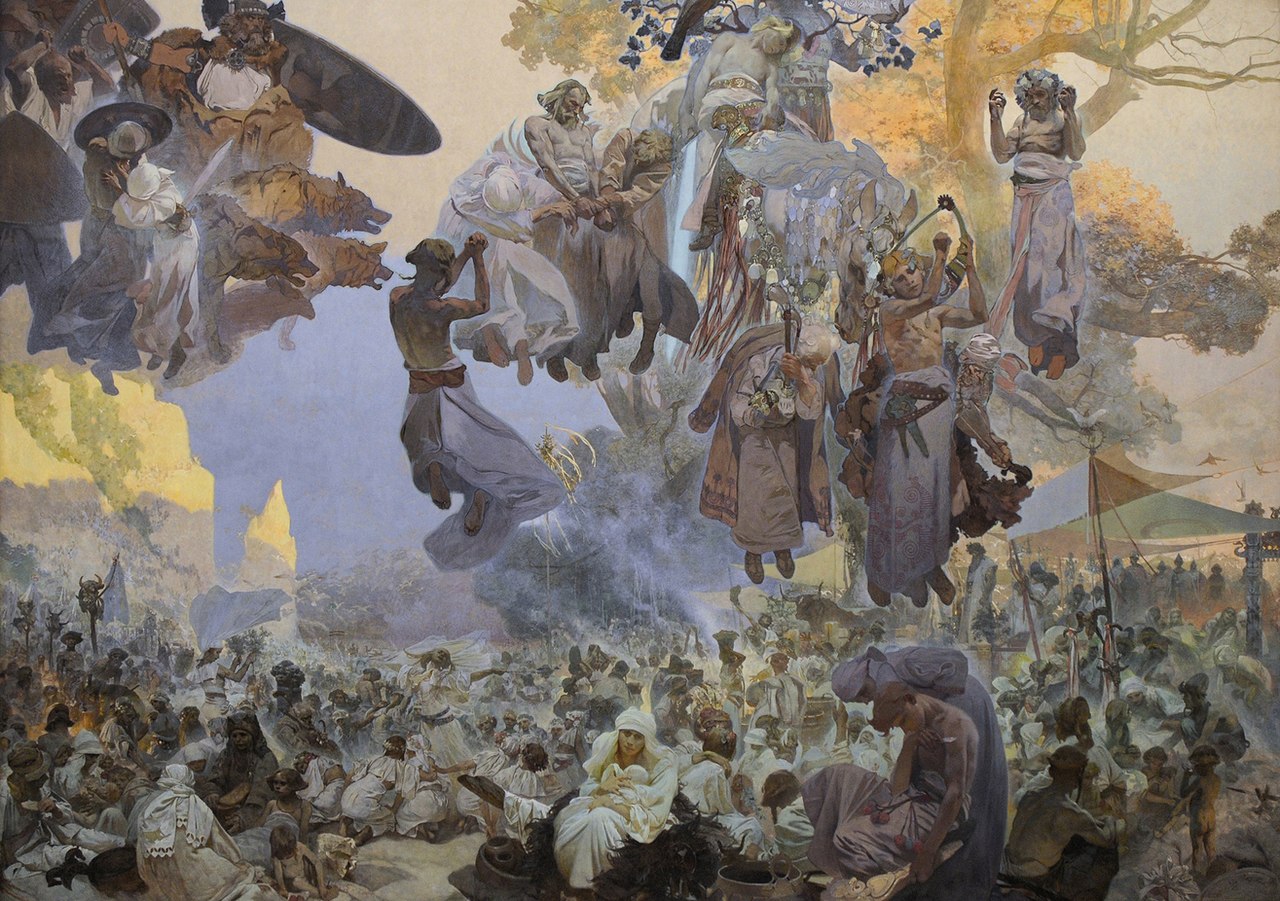
Eighteenth picture of the whole series. In 1894, a patriotic youth movement called "Youth" was formed in the Czech lands. His focus was liberal and anti-church. However, the ideas of its creators were persecuted in the then establishment. Mucha depicts the members of Omladina taking an oath under the crown of a linden tree, the model of which was a real linden tree in Lukavica near Žamberk, in which Slavia, the mother of the Slavs, is hidden.
The two persons on the right are painted only with white tempera. They were never finished with oil paints. Therefore, the painting was never exhibited during Mucha's lifetime. Some experts take this fact as proof that the epic was never completed.
The two children on the lower wall are also significant persons in the painting. Mucha used his own children as models for these characters. On the right is his son Jiří and on the left his daughter Jaroslava playing the harp. This image is very similar to the poster that was used for the 1928 exhibition.
Youth
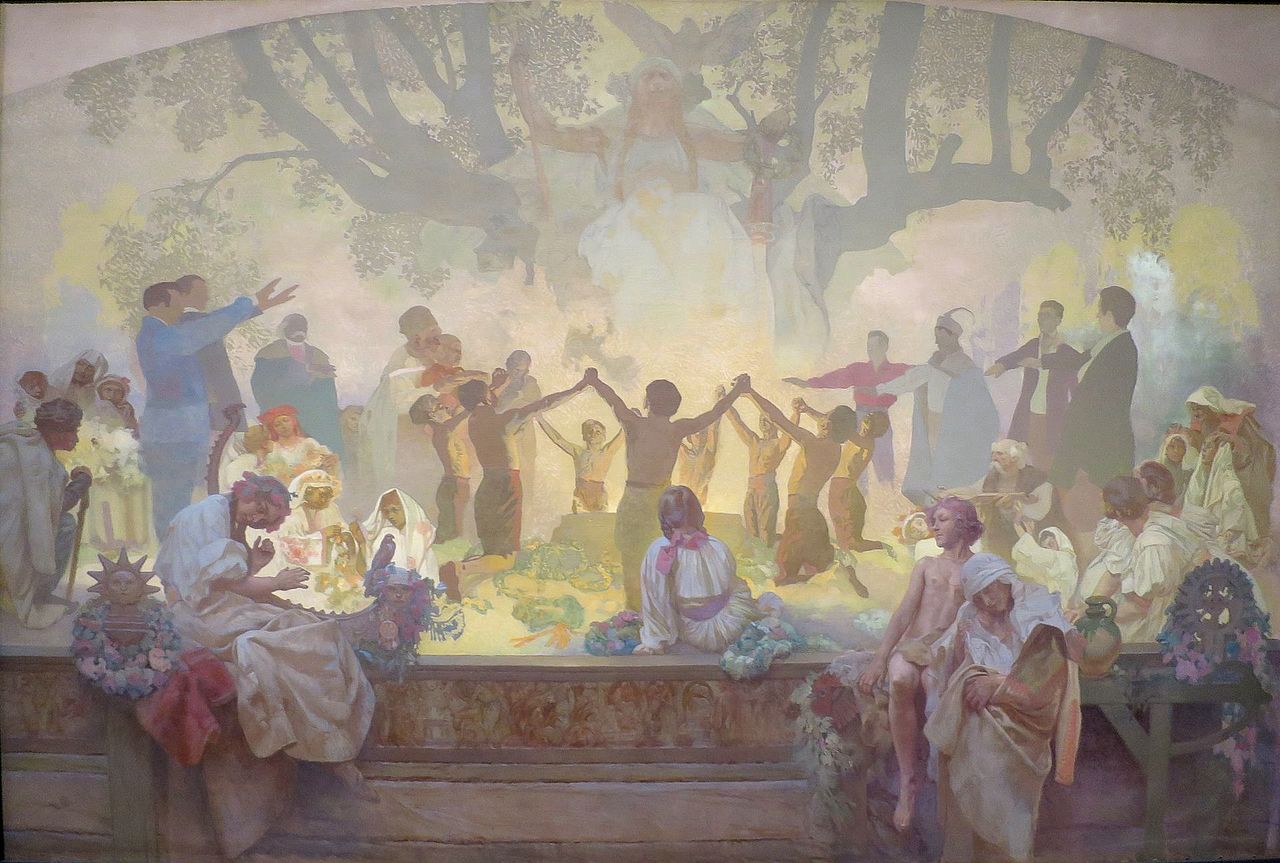
Twentieth picture of the whole series. The final image of the entire series is designed as an umbrella for the entire saga depicting a vision of Slavic triumph as an example for all mankind. Mucha uses four different color shades to present different aspects of Slavic history: blue in the lower right represents the mythical early period, red in the upper left indicates the Hussite wars, black figures in the middle left symbolize the enemies of the Slavs and the time of oppression - the raids of the Franks, Avars, Turks and 300 years of oppression after the battle on White Mountain, and finally the figures flooded with yellow are those who bring noble freedom, peace and unity among nations.
A youth carrying linden branches pays tribute to Slavic heroes, among whom is a group of Czechoslovak soldiers of the First World War: Serbian, British, Russian, French and Italian legionnaires. The main character of the entire painting is a man with open arms, who personifies the hardships that the Slavs had to endure over the centuries, but also symbolizes the hopes for the new republic. Other symbols are: wreath circles = unity, dove = peace, rainbow = happiness and Christ = blessing.
Apotheosis from the history of Slavs
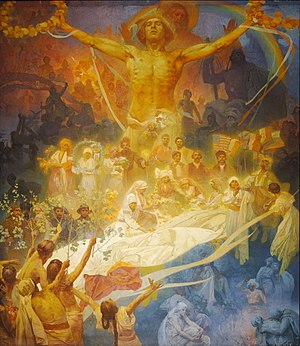
texts and images taken from here:https://cs.wikipedia.org/wiki/Slovansk%C3%A1_epopej
You can learn more, for example, here:
A. MUCHA
